To find out more about the people leading the development of the SMSG, please see the profiles of our core team below…
Meet the team
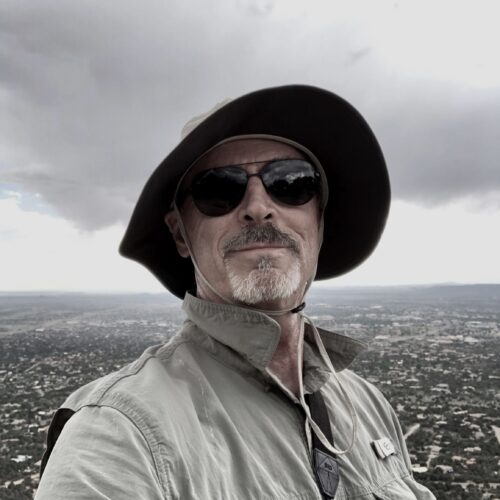
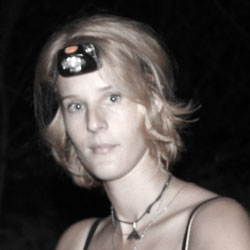
I am passionate about conserving highly threatened species, with all of the challenges but also the enormous rewards that go with this type of work. The majority of my previous experience has been carrying out research and contributing to major conservation programmes for rare mammal and bird species both in the UK and overseas. My PhD research at the University of Reading examined the ecology of Hispaniolan Solenodon (Solenodon paradoxus) and Hutia (Plagiodontia aedium) in native forest and agricultural systems in the Dominican Republic, and to do this I employed a variety of monitoring techniques including GPS, radio telemetry and camera traps. From this experience I became the Caribbean Coordinator for the SMSG and in this role I am keen to expand the research, training and the network of small mammal conservationists operating in the region.
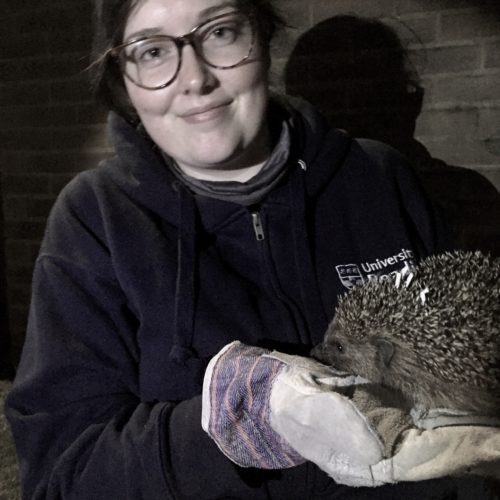
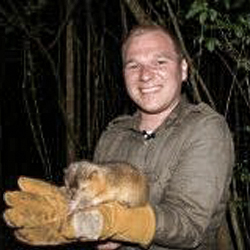

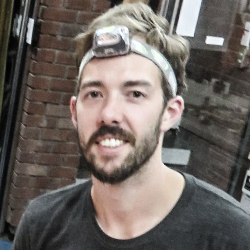
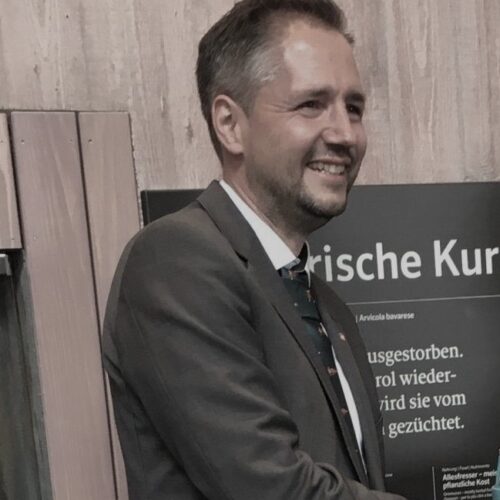

Before joining Alpenzoo, I worked with the Convention on the Conservation of Migratory Species of Wild Animals (CMS) and the Intergovernmental Panel on Climate Change (IPCC). My background in wildlife conservation physiology includes extensive research on wild animal species in southern Africa. For my Ph.D., I studied the impacts of climate change on free-living aardvarks in the Kalahari semi-desert, while my M.Sc. research focused on torpor patterns in the African woodland dormouse. I have also contributed to research on other wild species, including marine turtles and pangolins.
In addition to my role with the IUCN SSC Small Mammal Specialist Group, I am an active member of the IUCN SSC Afrotheria Specialist Group.
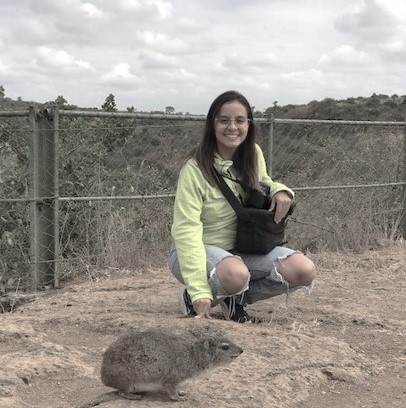

Currently, we have over 180 members, but we continue to grow SMSG membership to ensure this is geographically, thematically, and taxonomically representative. We are determined that the SMSG should have a broad member-base that represents the many regions of the world and that provides sufficient expertise to cover the huge group of mammals we represent.
To learn more about some of our members and the exciting work they are involved in, see below…
Ahmad Aidek
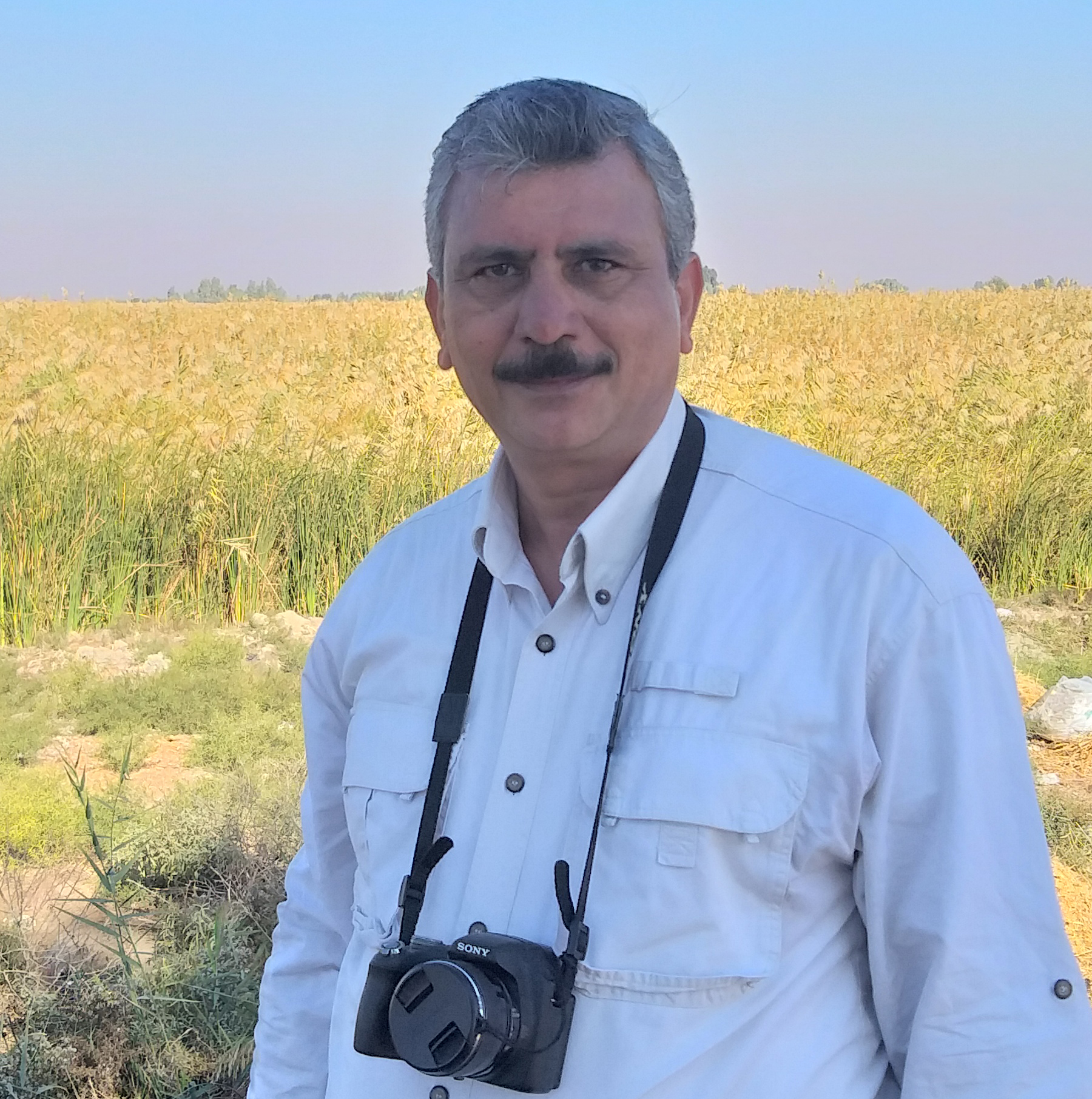
I work as a researcher at the General Commission for Scientific Agricultural Research, Syria. I have been observing the biodiversity in Syria for 25 years. During my tenure, I led several publications that are considered pioneer attempts to establish and document the foundation of fauna science in Syria, including, but not limited to, mammals, snakes, amphibians, turtles, and birds. In addition, I have developed the first biogeographical regions map of Syria. I previously worked as a conservation manager at General Commission for Al-Badia Management and Development, during which I sett up some environmental reserves, and I also prepared the first national park in Syria.
Nida Al-Fulaij
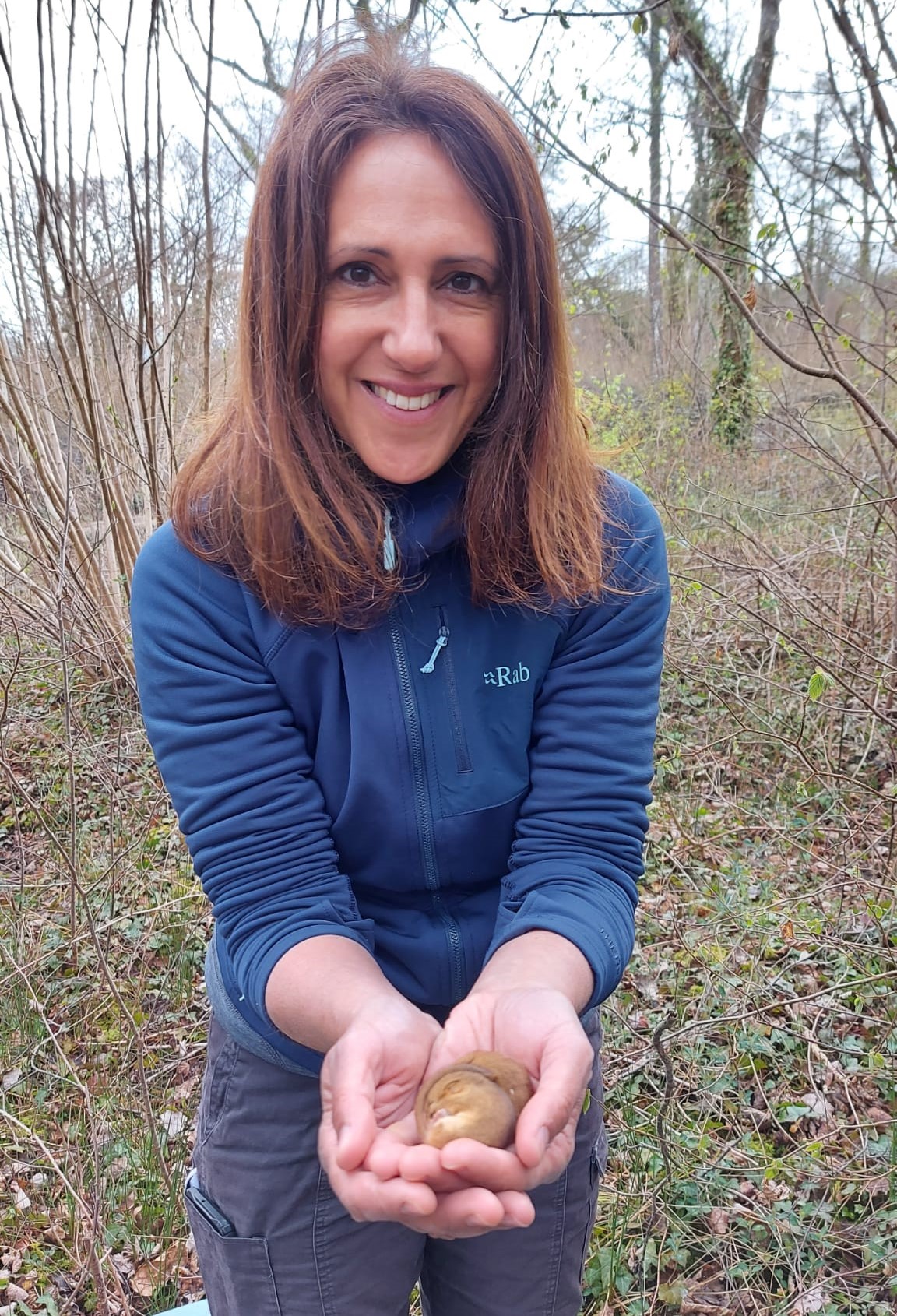
As Conservation Research Manager at People’s Trust for Endangered Species (PTES), my role involves managing international and UK-based grant programmes that fund research and practical conservation on endangered species and threatened habitats. My work includes coordinating and developing conservation projects, strategies and monitoring programmes on key small mammal species in the UK including hazel dormice, hedgehogs and water voles. I am actively engaged in European and wider initiatives to collaborate on international species assessments, and broader cooperative work ensuring shared research findings further targeted action on species across their range.
I am Co-Chair for the IUCN National Committee UK Species Survival Working Group (SSWG), established to support the IUCN Species Survival Commission’s (SSC) programme and initiatives. I also lead the WildTrack small mammal group, set up to co-ordinate international work developing non-invasive surveying methodology for small mammals using cutting edge technology.
Abdulaziz Alagaili

I’m a wildlife biologist from Saudi Arabia, working as a full professor at King Saud University. I have been involved in Saudi zoology (mammals) for more than 20 years, focusing on bats and small mammals with the aim of updating the definitive Saudi mammalian species list, and expanding my studies scope to include species biology, ecology, and distribution. Beyond bats and small mammals, I have been collecting information on biological/ecological aspects of other Saudi large mammals: reproduction, behavior, genetics, movement and migration. In the past few years my research has shifted to focus on zoonotic diseases, some of which were studies on MERS-CoV in livestock and wildlife, toxoplasmosis, Q fever, brucellosis, rabies, clostridium in mammals. I have experience performing serological testing and molecular characterization as well as leading fieldwork in wild and domesticated animal sample collection.
Bader Alhajeri
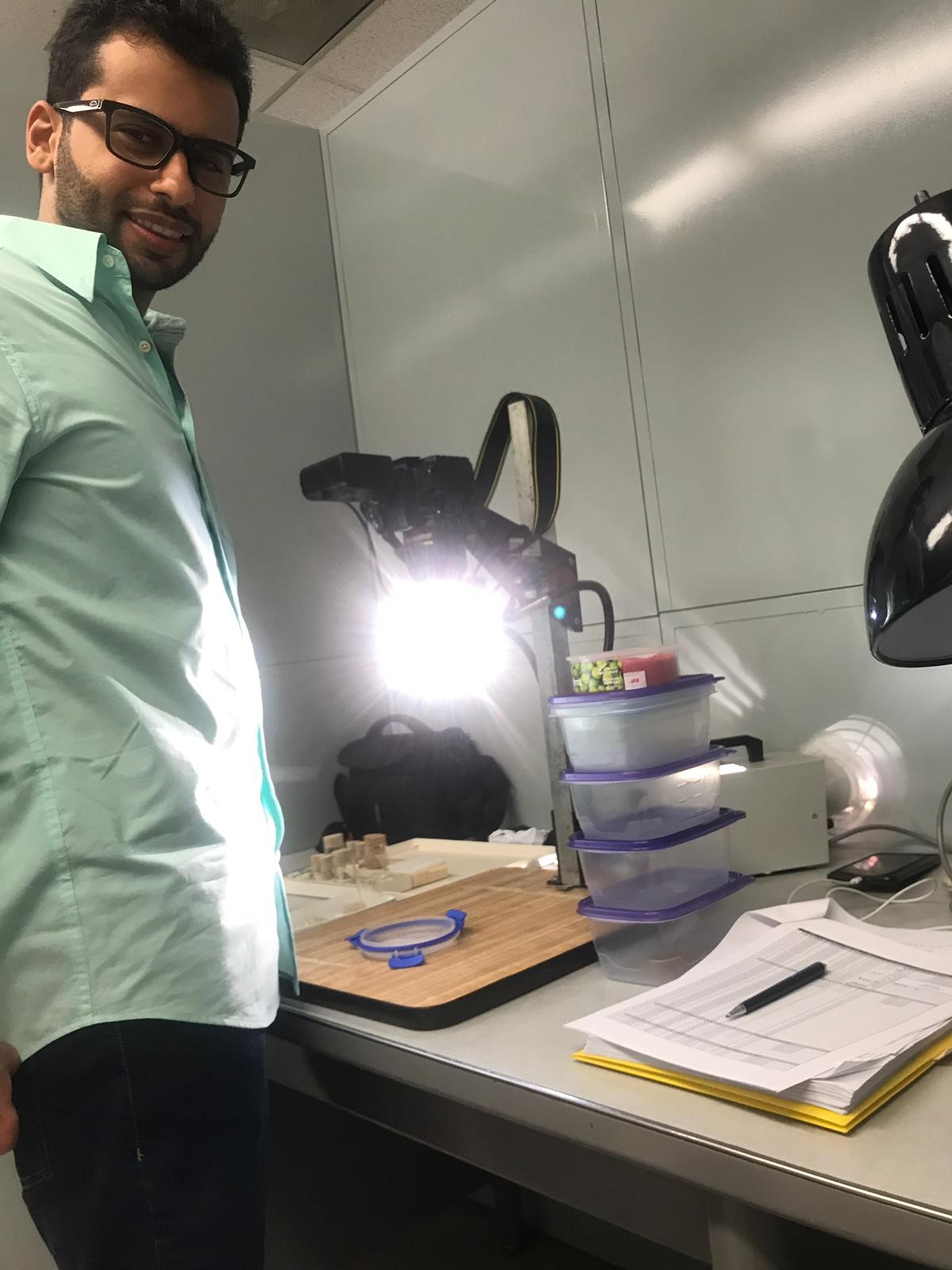
I am an Associate Professor of Animal Biology at the Department of Biological Sciences at Kuwait University. My research interests are broad in nature, but I mainly specialize in mammalian evolutionary ecology, and most research revolves around the biological causes of morphological variation, both within and among species. Reoccurring concepts/keywords that best describe my research interests are: morphological variation, climatic adaptation, geometric morphometrics, disparity, geographic variation, rodents, desert ecology, desert rodents, skull variation, macroecology, biogeography, and evolutionary biology.
Alexandra Bezerra
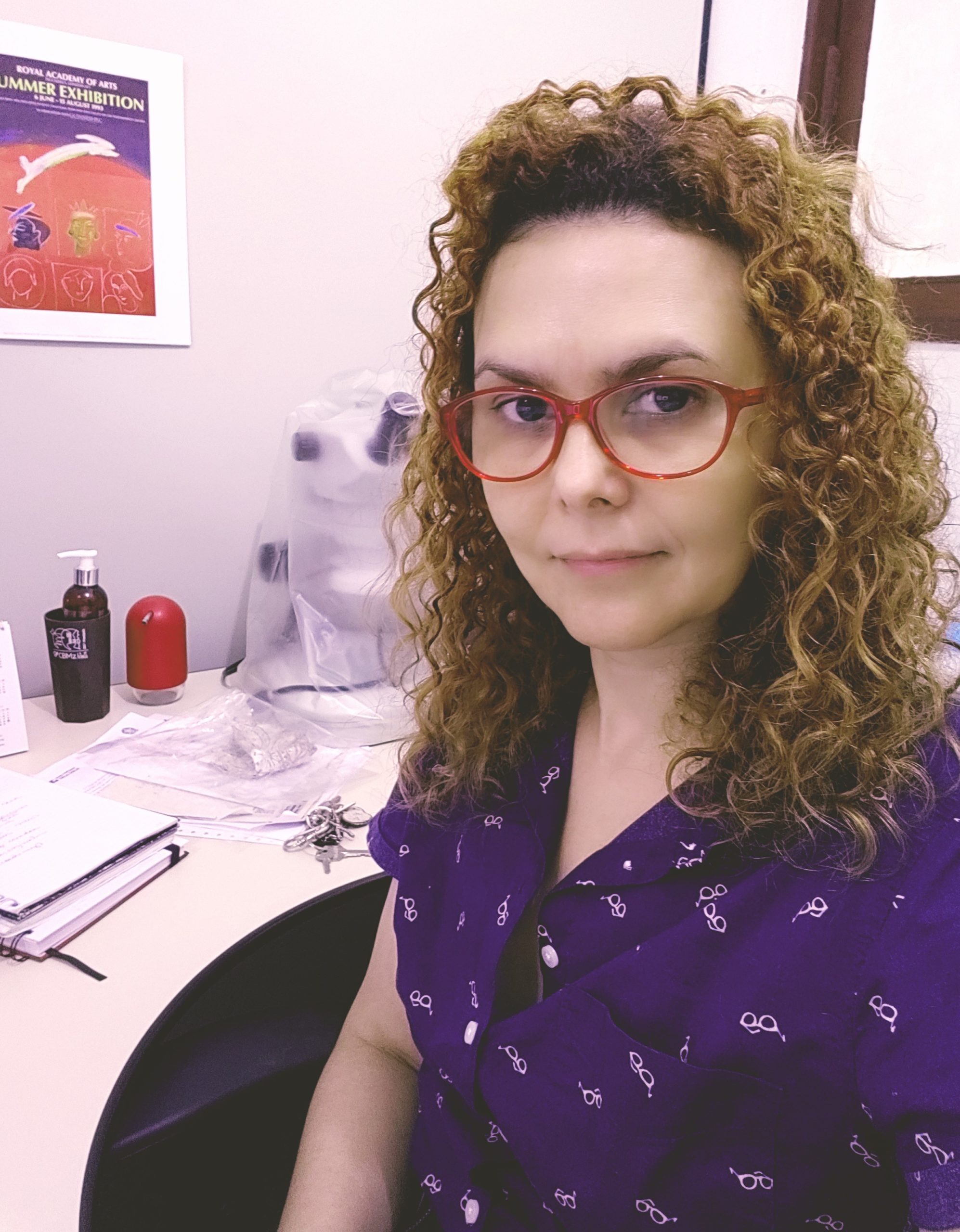
I am a zoologist based at Museu Paraense Emilio Goeldi, Belém, Brazil. My main research interests are the taxonomy and systematics of Neotropical rodents and marsupials, including several aspects from morphology and genetic to natural history. Besides, I have particular interest in natural history collections, including curatorial aspects, collection history, and every important subject of the biological scientific collections as main sources for research on (not limited to) evolution, biogeography, epidemiology, conservation and climatic changes. I also have collaborated in research on Nearctic rodents and Mexican squamates with the Università di Roma.
Ivan Castro-Arellano
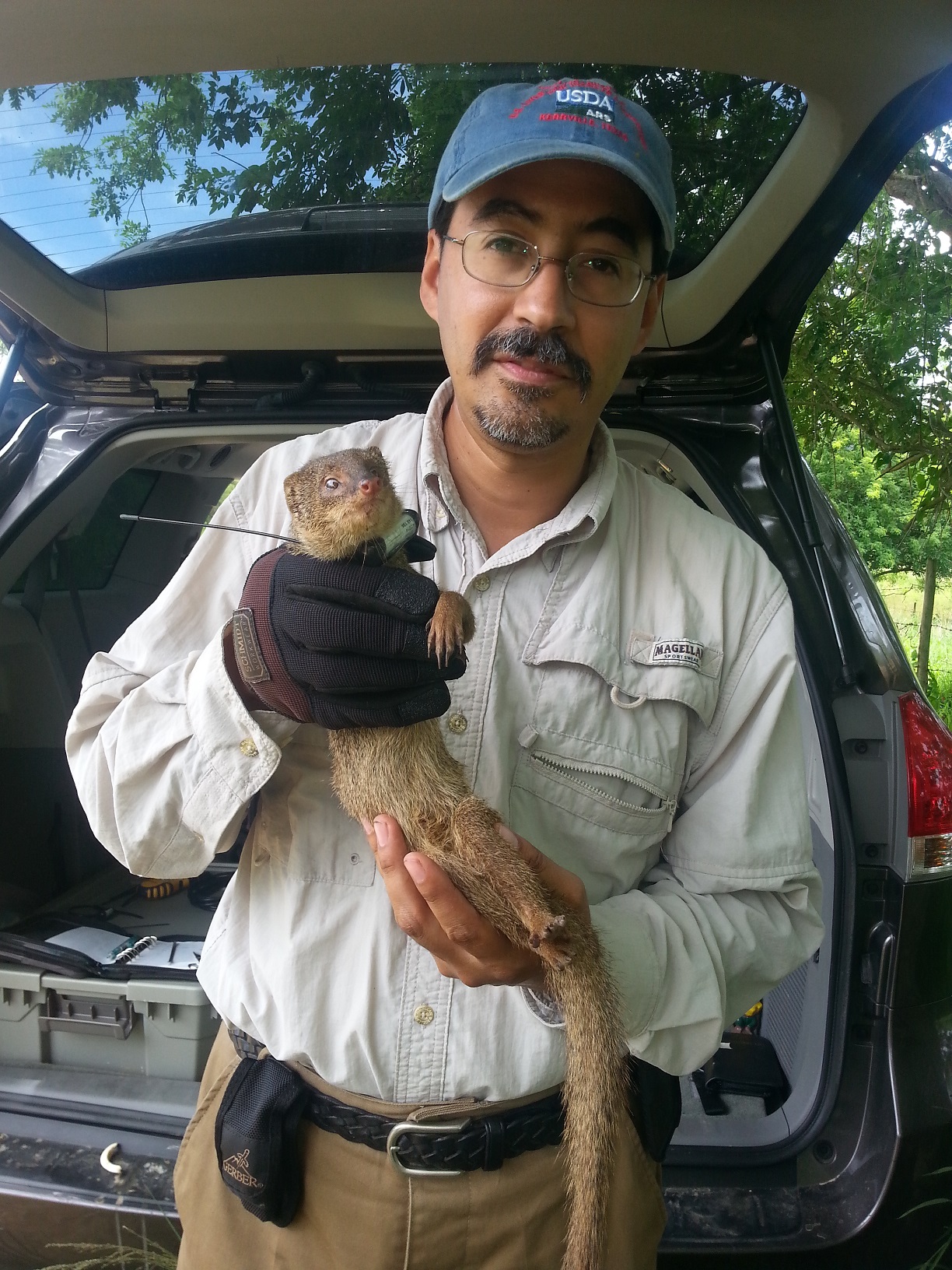
I am an Associate Professor in the Biology Department at Texas State University. My research focuses on anthropogenic disturbance on natural systems with special emphasis on 3 areas: pathogen-host interactions, the ecology of activity patterns, and effects on endangered mammal species. I consider myself an ecologist and mammologist with a conservation-oriented view. My research has covered ecology questions of several pathogens like hantaviruses, Borrelia (and other tick-borne pathogens), Leptospira and Trypanosoma. A relevant question in this area is how anthropogenic activities modify the interactions between mammalian host and pathogens in ways that increase spillover events in humans. My work also seeks to ascertain the role of activity overlap as a factor structuring mammal communities and how disruption of time use affects these assemblages. Finally, I have worked on the ecology of endangered rodent species (e.g., Texas Kangaroo Rat) to contribute with solutions for their management.
Paromit Chatterjee

I am currently a Senior Researcher at the University of Calcutta. I’m dedicated to creating multifunctional working landscapes that benefit people, biodiversity, and the environment. In my study, my model species are small mammals, particularly squirrels, and small cats. My previous works concentrated on the distribution and habitat ecology of squirrels in the biogeographical provinces of central Himalayas, India.
Zhongzheng Chen

I am an Associate Professor at the College of Ecology and Environment, Anhui Normal University, China. My primary research interests are biodiversity inventory, taxonomy, systematics, phylogenetics, and phylogeography of small mammals in China. I focus specifically on the mountains in the southwestern and eastern regions, aiming to uncover the overlooked biodiversity in these areas and investigate the evolutionary history of small mammals in China.
Additionally, I am passionate about studying the patterns and underlying mechanisms of small mammal diversity along elevational gradients. To achieve this, I use standardized trapping techniques to capture small mammals and measure environmental variables across different elevational bands. By analyzing these data, my goals are to identify the key factors that influence the diversity patterns of mountain small mammals and contribute to the scientific understanding of mountain biodiversity conservation.
Tamás Cserkész
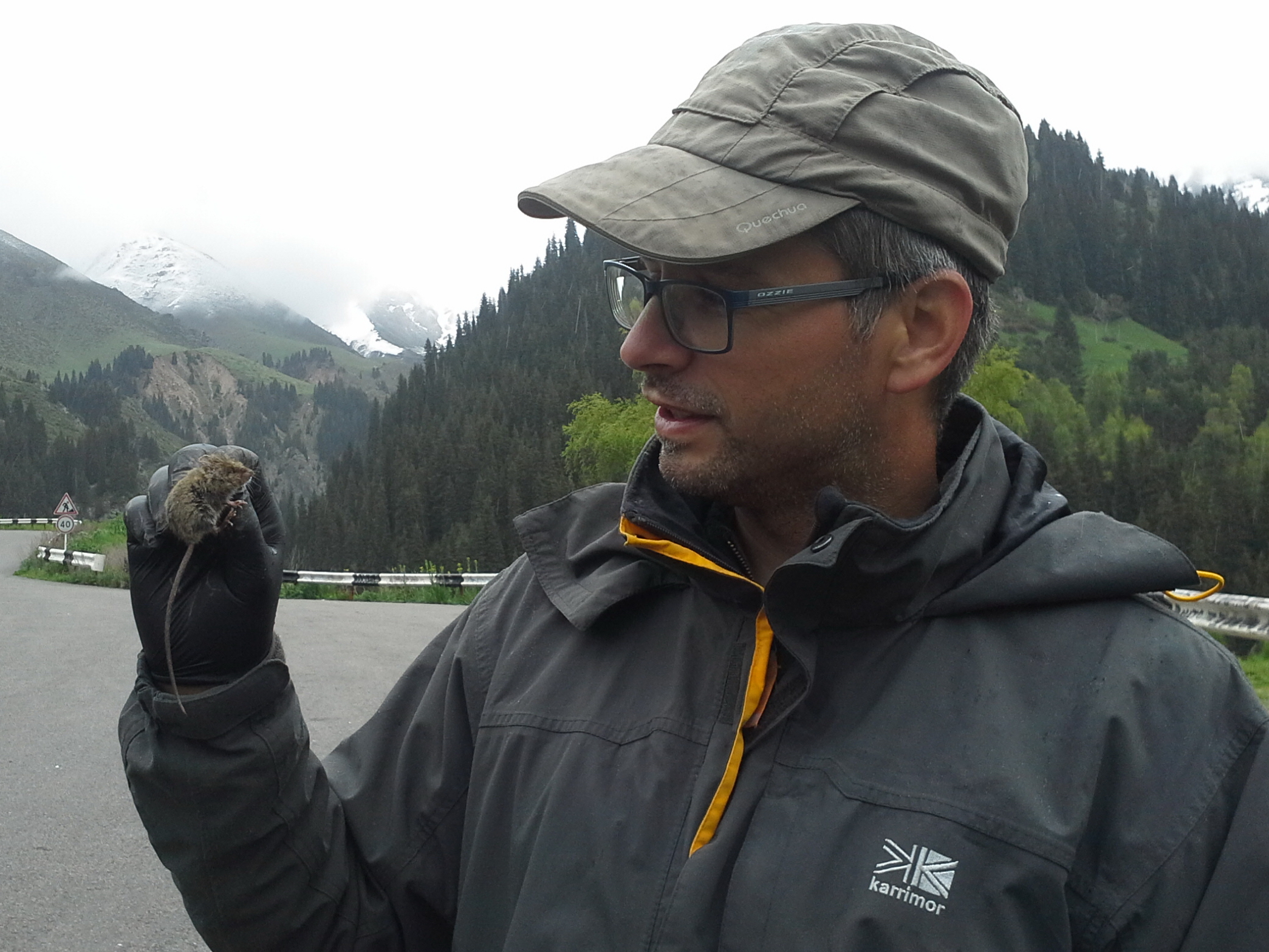
I live and work in Hungary, Central Europe, where my main goals are to develop a more thorough knowledge of the mammal fauna of my country and to protect these species. I am also very interested in the evolutionary history of steppe species, so I make frequent visits to the Eurasian steppes and sometimes to the higher montane regions.
I am currently working on four projects in parallel:
- Taxonomy, phylogeny and conservation of birch mice (Sicista, Sminthidae) – Birch mice comprise a forgotten group of rodents in Central Europe. For example, in Romania a birch mouse species was thought to have disappeared for 100 years, until our team rediscovered it in 2012.
- Management and conservation of Common Hamster (Cricetus cricetus) in Hungary – The Common Hamster is endangered in W Europe, and both protected and considered to be a pest by Hungarian law. Its ecological role is increasingly important as one of the main prey species of endangered carnivore species, but it also colonises human villages. Our project tries to help with the scientific evaluation of this hamster, contributing complex microbiological, genetic and ecological studies.
- Conservation of the European Ground Squirrel (Spermophilus citellus) in Hungary – The number of known colonies has fallen by 70% in the past 50 years in Hungary, and the trend worsened after 2000. We aim to stop this negative trend.
- Taxonomy, phylogeny and conservation of Steppe Polecat (Mustela eversmanii) – The status of this species is unknown in Hungary, and in Europe. Using different genetic, 3D morphometric and ecological methods we try to learn more about this small carnivore species whose survival is highly dependent on the status of its prey populations, which include hamster and ground squirrel.
Gabor Csorba

My main research interests are the systematics of Southeast Asian bats and the taxonomy, behaviour, and especially the conservation biology of blind mole rats (Spalacinae). These animals – as the only completely blind rodents, living exclusively underground in dry steppes and semideserts of the Western Palearctic – have extreme physical and physiological adaptations, an exciting evolutionary history, and a dark future as a consequence of the disappearance of their habitats.
Guillermo D'Elia
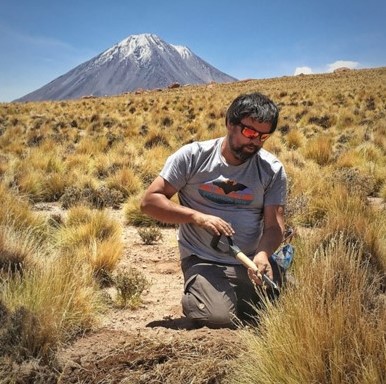
I am a Professor and Curator of the Colección de Mamíferos at Universidad Austral de Chile, Valdivia, Chile. My work is aimed to characterize biodiversity at the genetic, specific, and phylogenetic levels and the comprehension of processes that promote differentiation. Research areas include: A) Phylogenetic systematics: classification and historical biogeography and B) Phylogeography: taxonomy and patterns and processes of differentiation. These studies are collection based and integrate tree-based analyses and the usage of bioinformatic tools and mostly focus on Neotropical rodents.
Amy Deane
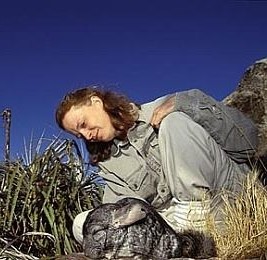
I am the founder of Save the Wild Chinchillas and currently work with researchers in Chile and Bolivia on conservation of both Chinchilla species. I have spent over 20 years studying chinchillas. In 1995, I began field studies of wild chinchillas. Since 2000, I have spent most of my time in the field restoring habitat and educating others about the plight of chinchillas. This includes a large amount of time working in the nursery, seed gathering, the maintenance of restoration plots, creating artificial burrows and observation studies. I have assisted in the research of short-chinchillas, the Darwin fox, the Andean bear and burn compartments of the Ordway Preserve (Florida) by creating GIS databases, and have also enhanced habitat of endangered birds and bats. As a graduate student at the University of Florida, I was involved in nest depredation studies.
Andrea del Pilar Tarquino-Carbonell
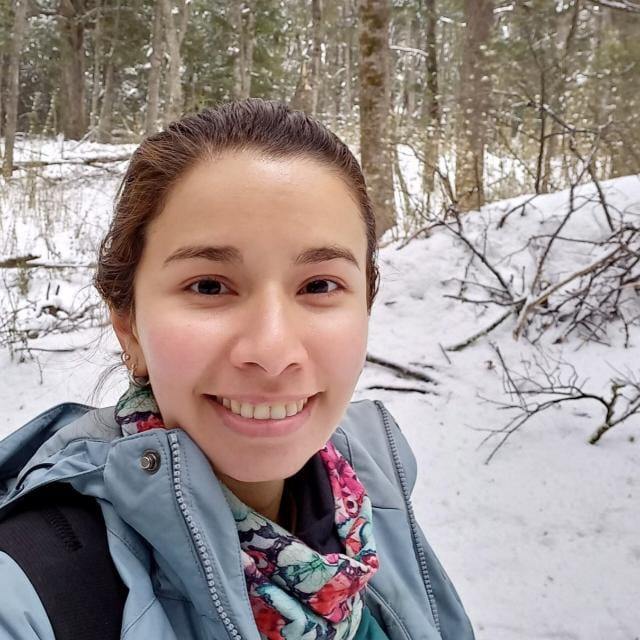
My current research interests are focused on the study of the animal space use with an ecological approach (habitat use, spatial dispersion, home area, activity patterns, niche modelling, and geographic distribution), particularly in endemic small mammals of arid environments from South America. I am interested in the ecology of small mammals and their individual or distributional response to certain environmental conditions at different spatial or temporal scales.
Laurent Granjon

I began my career at the Museum National d’Histoire Naturelle, in 1991, before joining the French National Research Institute for Sustainable Development (IRD) in 2006. Based in Paris (France), then Bamako (Mali), Montpellier (France), Dakar (Senegal) and since 2014 again in Montpellier, I am affiliated with the Centre for Biology and Management of Population (CBGP) research Unit. My main research interests are in evolutionary systematics and ecology of African small mammals, mainly rodents (taxonomy, phylogeny, phylogeography, community ecology, population biology, etc.). My main skills concern:
- sampling methods for small mammal inventories, community ecology and population surveys,
- integrative taxonomy combining morphological, molecular and chromosomal analyses.
Beside long-term studies in (mainly African) rodent systematics, phylogeny and phylogeography, I have been involved in various projects including, recently, a MEDD-Ecofor project on fault and gallery forest biodiversity in southern Mali, and a FRB-IRD project on invasive rodents in Senegal. The latter included an important section devoted to information dissemination and training of local stakeholders based on the scientific knowledge gathered – an output that I am increasingly involved with and interested in. I have co-authored over 100 scientific papers as well as a book on the rodents of the Sahelo-Sudanian region, and co-edited another one of proceedings of the 1991 edition of the African Small Mammal Conference in Paris. I am also an Associate Editor of the international journal of mammalogy Mammalia, and I have supervised a number of research internships for PhD, Masters and engineer diplomas in France, Mali and Senegal.
Lázaro Guevara
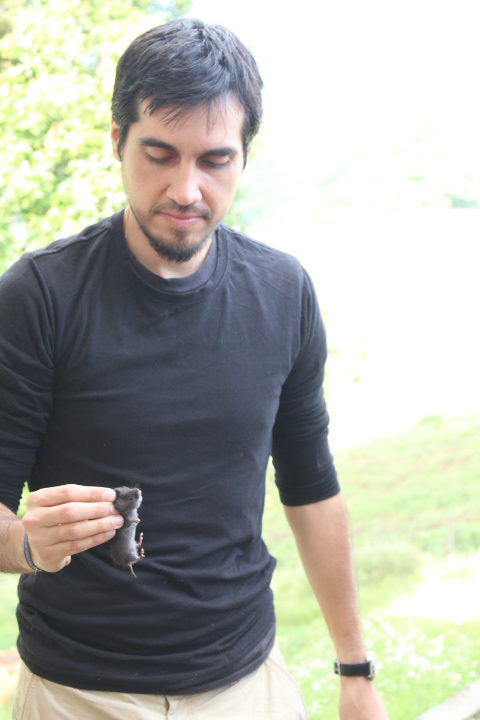
I have been a researcher at the National Collection of Mammals (CNMA) of the Institute of Biology, Universidad Nacional Autónoma de México (México City) since 2018. My main research interests are the taxonomy, systematics, biogeography, and conservation of small mammals in North America. I focus mainly on shrew species that are very little known and highly threatened by global change. I also have a particular interest in the history of mammalogy and the work of natural history collections, including fieldwork in poorly-known areas and curatorial aspects. I love supporting the training of new mammalogists!
Sourav Gupta
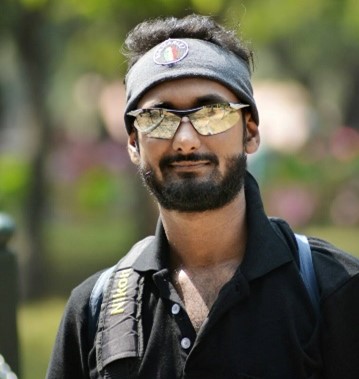
Currently, I hold a position as a researcher at Aaranyak, a Scientific and Industrial Research Organization, while also pursuing my PhD at Assam University’s Diphu Campus in Northeast India. My previous research experience involves working with gliding squirrels (Biswamoyopterus biswasi) native to the Eastern Himalayas.
My doctoral research is centered on exploring the diversity and distribution of non-volant small mammals, specifically encompassing Rodents, Scandentia, and Eulipotyphla, within the region of Assam in Northeast India. The core areas of my research encompass niche modeling, taxonomy, acoustics and the conservation of non-volant small mammals in Northeast India.
Relevant Publications
Heru Handika
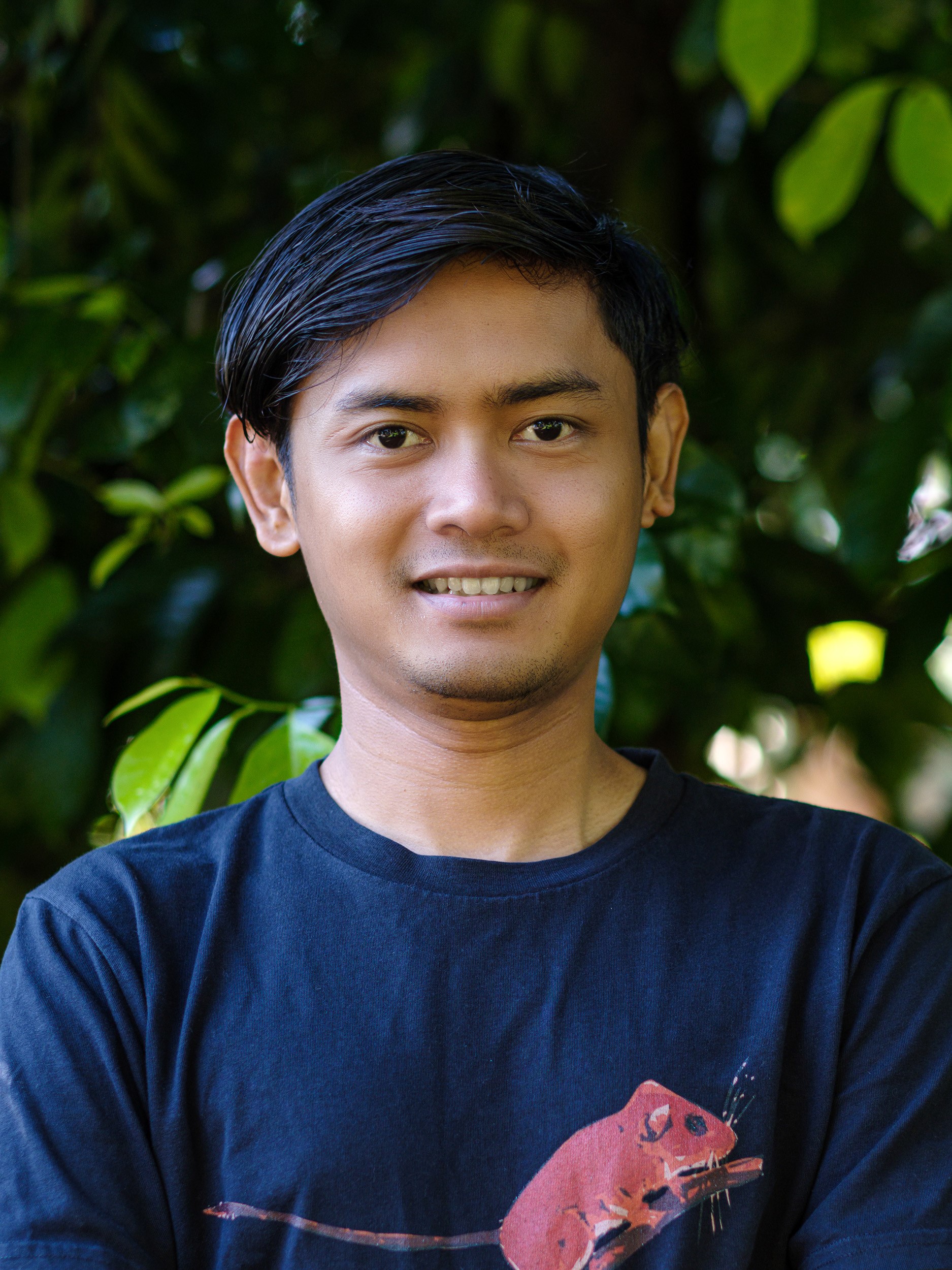
I am a PhD candidate in Esselstyn’s Lab at the Museum of Natural Science, Louisiana State University, USA. I am interested in understanding how complex topography and geological history generate shrew and rodent diversity. We conduct multi-nationality collaborative fieldwork in Southeast Asia, mainly on Sumatra, Borneo, Sulawesi, and adjacent islands. From the project, we hope to better understand extant diversity within small mammal groups in the region, and evolutionary processes that generate the diversity. In addition, I develop computer programs to improve specimen data collection in the field and other programs to improve efficiency in working with genomic datasets. I focus on streamlining data collection in the field and specimen curation at natural history museums and improve access to computationally intensive genomic studies.
Heikki Henttonen
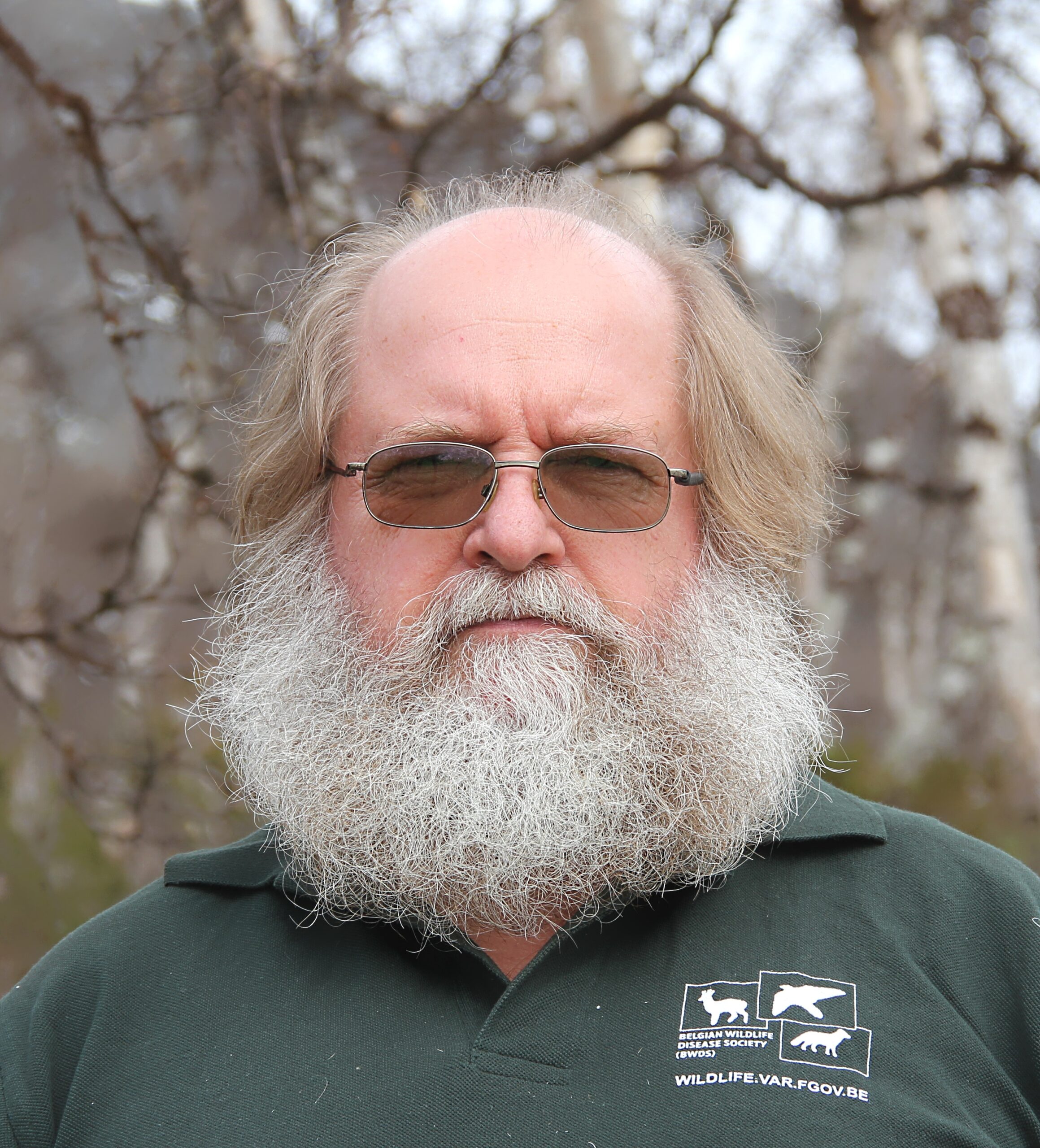
I am an Emeritus Professor of Forest Zoology at the Natural Resources Institute Finland, and have also been the President of the Finnish Mammal Society (2011-2023) and Chairman of the Red Book Committees of Finnish Mammals in 2010, 2015 and 2019. I have more than 50 years of experience in monitoring voles and lemmings in Finland, have conducted multidisciplinary research on parasites and zoonosis of small mammals, and have worked on rodent research on a global level.
Arlo Hinckley Boned
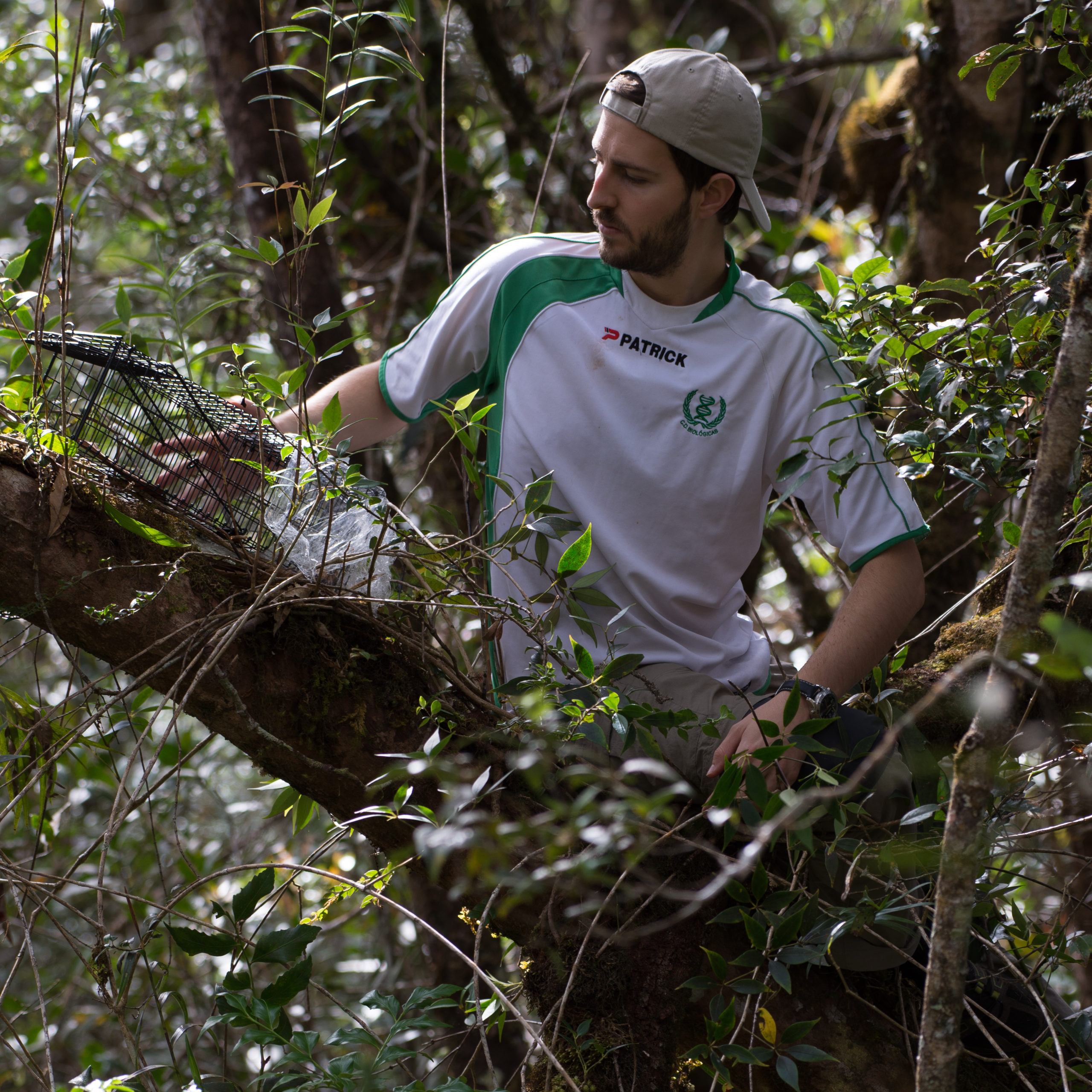
I am postdoctoral fellow at the Smithsonian National Museum of Natural History and University of Seville interested in the study of the evolutionary origin, maintenance, and distribution of mammalian diversity (particularly of squirrels and shrews) in tropical east Asia, with the aim to promote its conservation. In order to address specific evolutionary hypotheses, I combine genomic (mitochondrial genomes, nuclear loci from High Throughput Sequencing) and morphometric data collected during expeditions to tropical mountains and from museum specimens.
Maya Juman
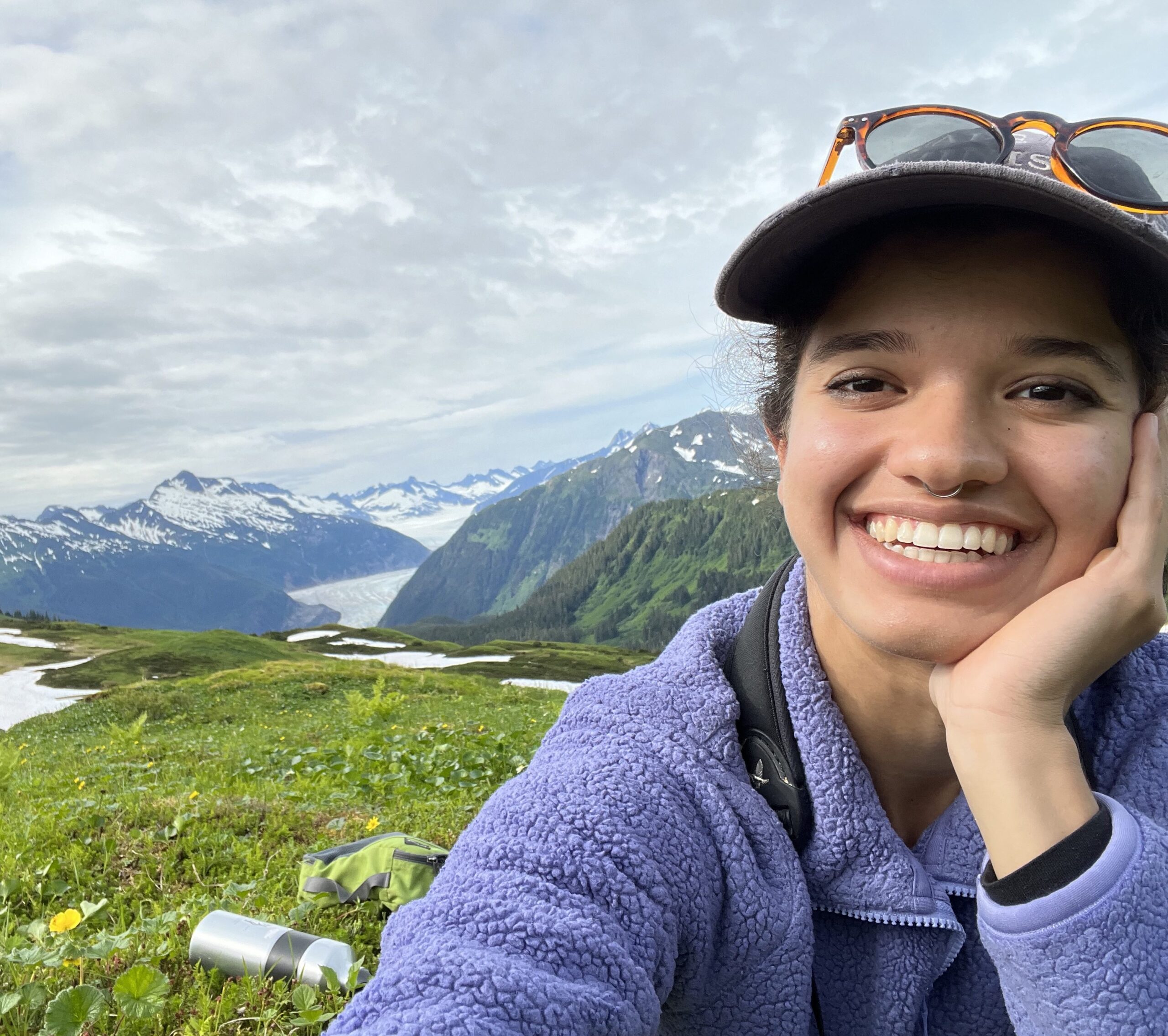
I am a PhD student at the University of Cambridge with academic interests in small mammal biogeography, disease ecology, and conservation. My research is heavily collections-based, using museum specimens to understand, among other things, the emergence of zoonotic viruses and the impact of climate change on mammalian body size and ecogeographic patterns. Some of my past and ongoing projects include: clarifying the taxonomy of various treeshrew species and subspecies, conducting marmot specimen collection and poxvirus surveillance in remote regions of Southeast Alaska, and understanding the relationship between fruit bat (Pteropodidae) ecology and paramyxovirus circulation and spillover. I’m particularly passionate about South Asian mammal research and conservation, and I run a small mammal interest group for the India Biodiversity Portal. I hold a BS in Ecology and Evolutionary Biology from Yale University.
Maria Kachamakova
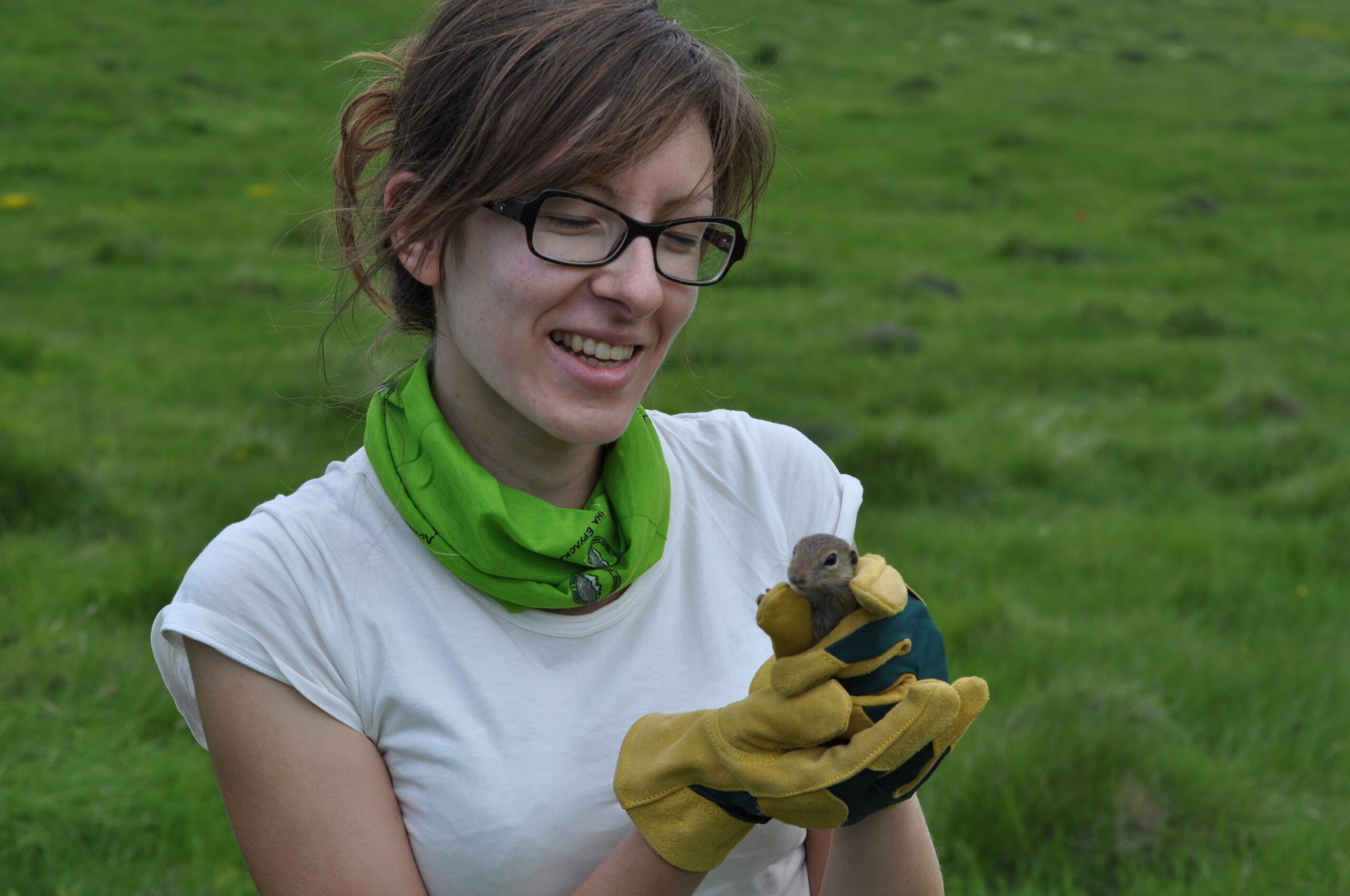
Small mammals, although they play a big role in ecosystems, are largely understudied, and many endangered with extinction. Since 2016, I have been continuously working on small mammal conservation in Bulgaria. As a researcher at the Institute of Biodiversity and Ecosystem Research (Bulgarian Academy of Sciences) I investigated the effects of conservation actions (translocations) and how animals react and survive (in the case the endangered European Ground Squirrel Spermophilus citellus), trying to draw recommendations for improving the effectiveness of such actions in the future. I have also participated in fieldwork expeditions for studying small mammals in the Balkans and in Africa. Currently, I am working on an ex-situ breeding program for the Romanian Hamster (Mesocricetus newtoni) – a vulnerable small rodent, endemic to the Dobruja region (North-eastern Bulgaria and South-eastern Romania).
Manokaran Kamalakannan

I am a scientist at the Zoological Survey of India (ZSI), interested in mammalian taxonomy, particularly in Rodents, Shrew and Treeshrew species of India. I also have a particular interest in natural history collections of smaller mammals archived at the National Zoological Collections of ZSI. The discovery of the Narcondam Shrew (Crocidura narcondamica) from India and the documentation of a unique nest record of endemic tree shrew (Nicobar treeshrew Tupaia nicobarica) from the Great Nicobar Biosphere Reserve are some notable contributions. Further, I have contributed to listing the threatened and endemic smaller mammals in the Indian Wildlife (Protection) Amendment Act (2022) under Schedule I & II for their enhanced protection. My future focus is to study and document the diversity and distribution of smaller mammals from the unexplored and remote regions of India.
John Koprowski

I am a Professor of Wildlife Conservation at the University of Arizona (USA) where I have been a faculty member since 2000. My research focuses on terrestrial vertebrate conservation with a special emphasis on population and behavioural ecology, with projects occurring in Africa, East and South Asia, South America and North America. Many of my efforts are focused on mammals, with a special expertise in members of the family Sciuridae (Rodentia), commonly known as the squirrels, chipmunks, prairie dogs and marmots.
Vijaya Kumaran Jayaraj
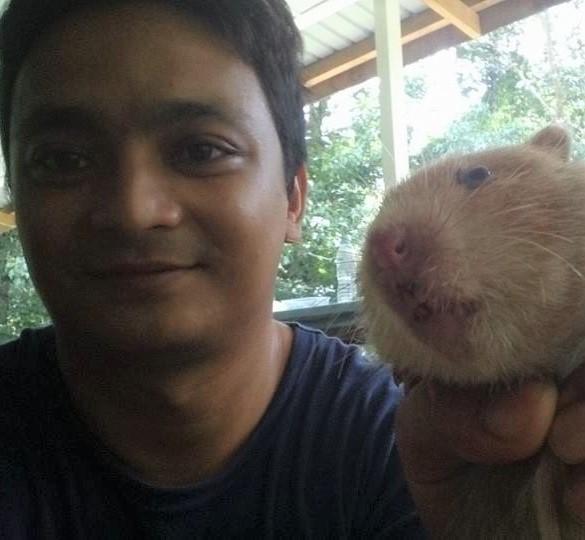
I am a Research Fellow at the Global Entrepreneurship and Innovation Center (GERIC-UMK) and I also teach wildlife ecology and evolution related subjects at the Faculty of Earth Science, Universiti Malaysia Kelantan (UMK). My research interest revolves around diversity, evolution, taxonomy and conservation of small mammals in Southeast Asia and I have been focusing my work on small mammals at the east coast of Peninsular Malaysia. Currently I have 4 research and conservation projects running concurrently at Merapoh, Pahang. Merapoh, Pahang is one of the 3 gateways to the Taman Negara National Park, and I work together with NGOs, government agencies and local communities for conservation of mammals in this important protected area.
Shantanu Kundu

I am an Indian biologist with over 13 years of research expertise in natural history, biogeography, molecular systematics, and evolutionary biology of different animals, particularly small mammals from the Indo-Malayan region. We work with shrews and tree shrews from India and discovered the Narcondam shrew (Crocidura narcondamica) from a small volcanic island in the Andaman Sea while working with the Zoological Survey of India. I am a senior researcher at Pukyong National University in South Korea, where I am continuing my research on the genetic diversity, evolutionary relationships, and conservation genetics of Palearctic and Afrotropical animals, with a strong interest in discovering discrete diversity and tackling various systematics questions.
Elise Lauterbur
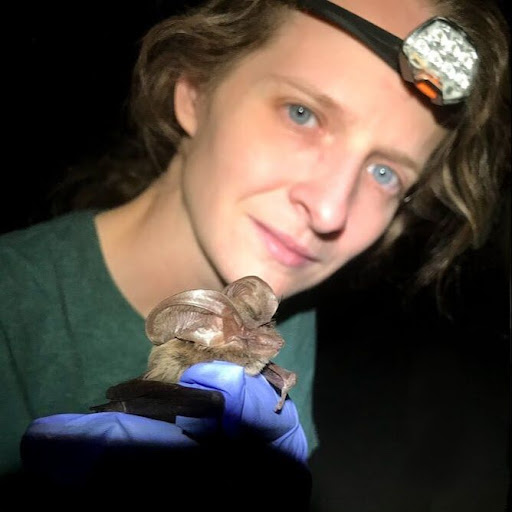
I am an Assistant Professor of Biology at the University of Vermont, where my lab tackles questions at the intersection of evolution and ecology, combining techniques and theories to discover a broader picture of how organisms live and evolve in the context of natural ecosystems. These include investigating how organisms adapt to threats including infectious disease, toxins, and climate change. Our methods integrate field work, genomics, and computational and statistical methods, with a strong emphasis on ethical science and local participation. I conducted my PhD research in Madagascar where I developed non-invasive methods to study the biochemistry and genomics of Critically Endangered species, and my postdoctoral work in the Southwestern United States. In Eastern North America, I use genomic methods and museum collections to investigate infectious disease adaptation in native and invasive rodents to understand the role of pathogens in species invasions.
Celeste López
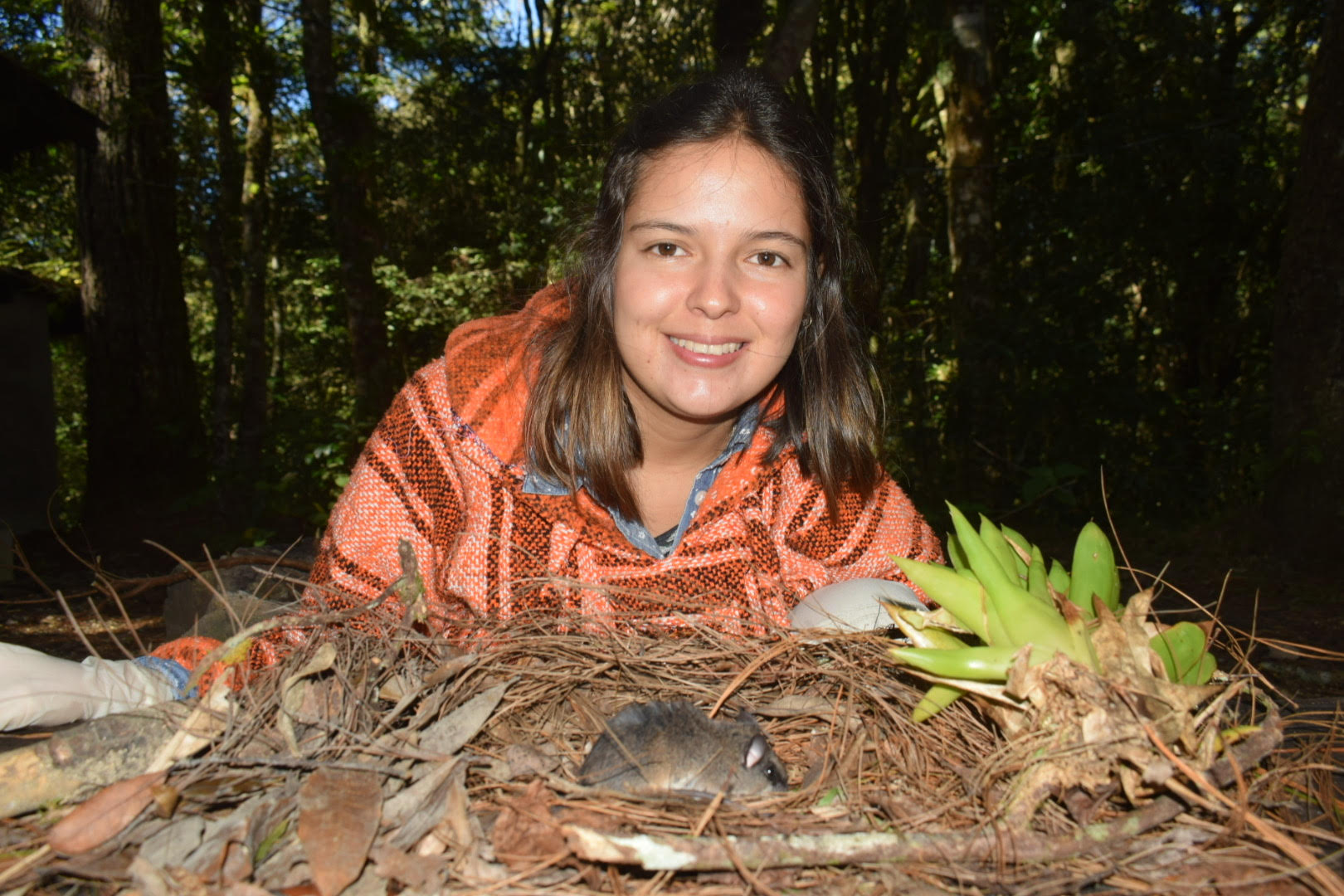
I am a Honduran biologist in the final stage of my master’s in Zoology at the State University of Santa Cruz in Bahia, Brazil. My research focuses on the taxonomy of the Peromyscus genus in Honduras, with additional studies on the behavior and ecology of rodents. I am also involved in research on genera such as Glaucomys and Heteromys, emphasizing the conservation of small mammal species in Honduras’ diverse ecosystems. My work aims to unravel the complexities of these species, promote their conservation, and understand their ecological roles within their habitats. My research interests include distribution, natural history, niche modeling, and ecology, all of which are crucial for developing effective conservation strategies in Honduras. I aspire to contribute to scientific knowledge and give a voice to these small but powerful species that play an essential role in ecosystems.
Álvaro Luna
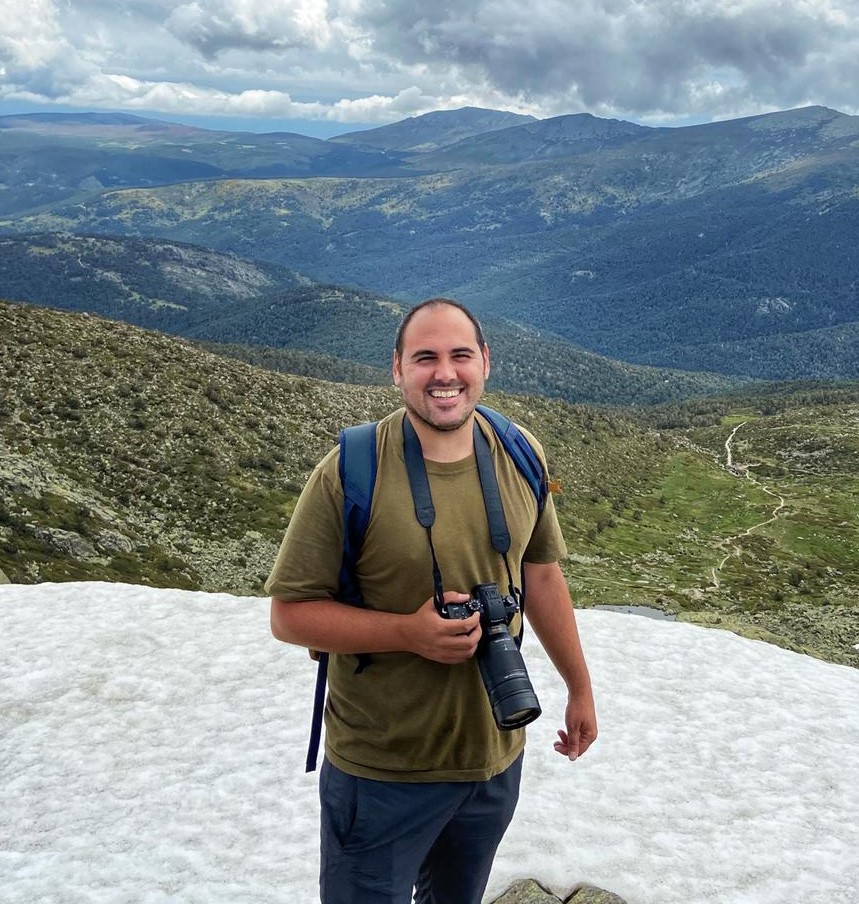
I work as a professor in the Environmental Sciences degree program at the European University of Madrid (Spain), where I currently lead the Research Group for the Study and Conservation of Biodiversity. My research primarily focuses on how biodiversity adapts to urban development and how cities can contribute to species conservation. Additionally, I study plastic pollution in terrestrial and freshwater ecosystems, with a particular emphasis on its ingestion by declining mammal species across different ecosystems worldwide.
Sophie Lund Rasmussen
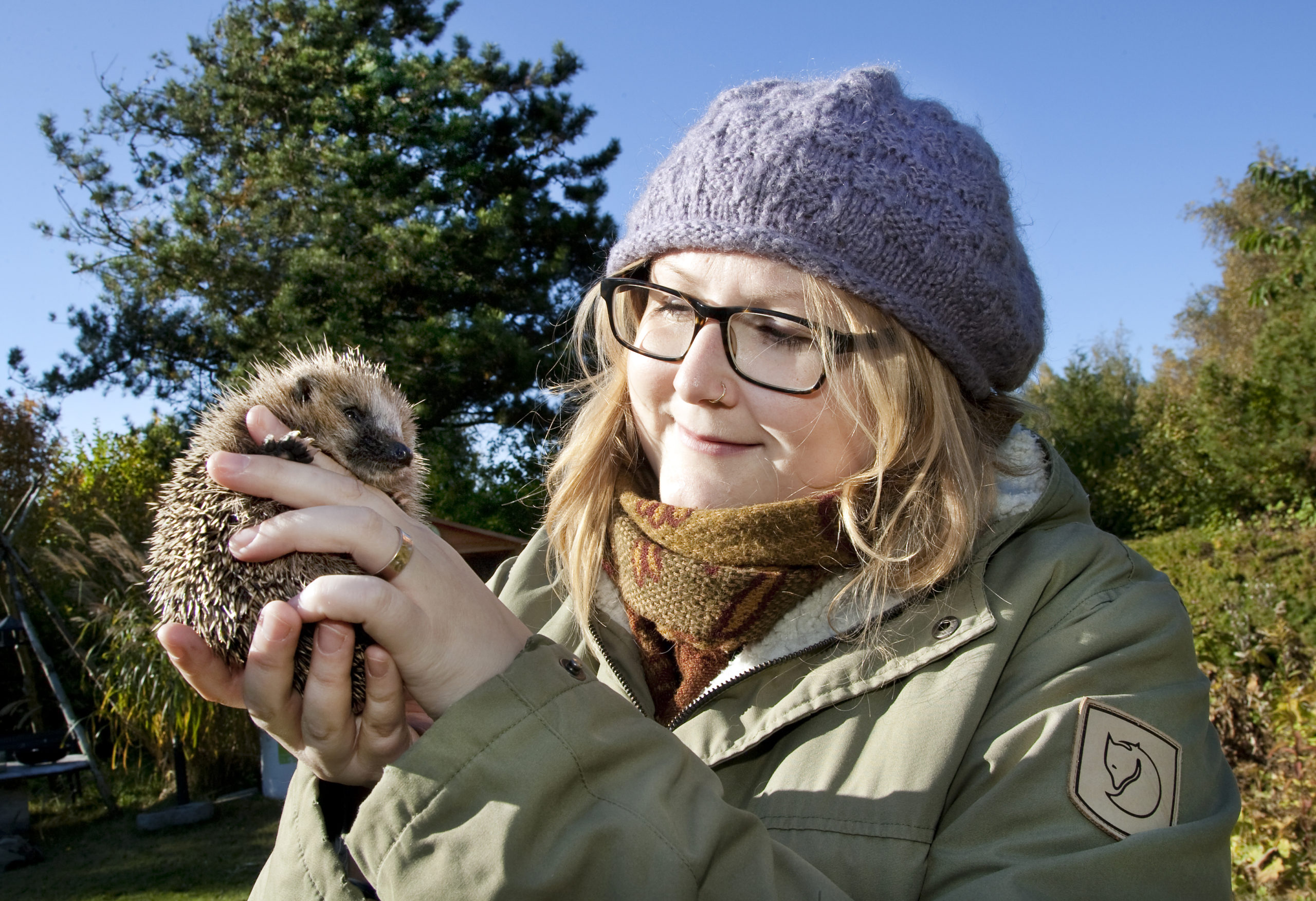
Who doesn’t love hedgehogs? Well, at least I absolutely adore European hedgehogs! Therefore, I have decided that my goal in life is to improve the conservation of this fascinating and popular species through my research and the collaboration with, and communication of my research, to the public and the dedicated people working with hedgehog rehabilitation.
Unfortunately, European hedgehogs are in decline all over Europe. It is therefore essential to investigate the causes for the decline and enhance the understanding of the challenges hedgehogs face in the wild to improve the conservation initiatives directed at this species. I have worked wholeheartedly on my research on European hedgehogs since 2011 and have even earned the nickname “Dr Hedgehog” in the media. Hopefully my research will provide an important and detailed insight into the general health and survival challenges of the hedgehogs, enabling us to improve the conservation of this fascinating species.
Amanda Maswanganye
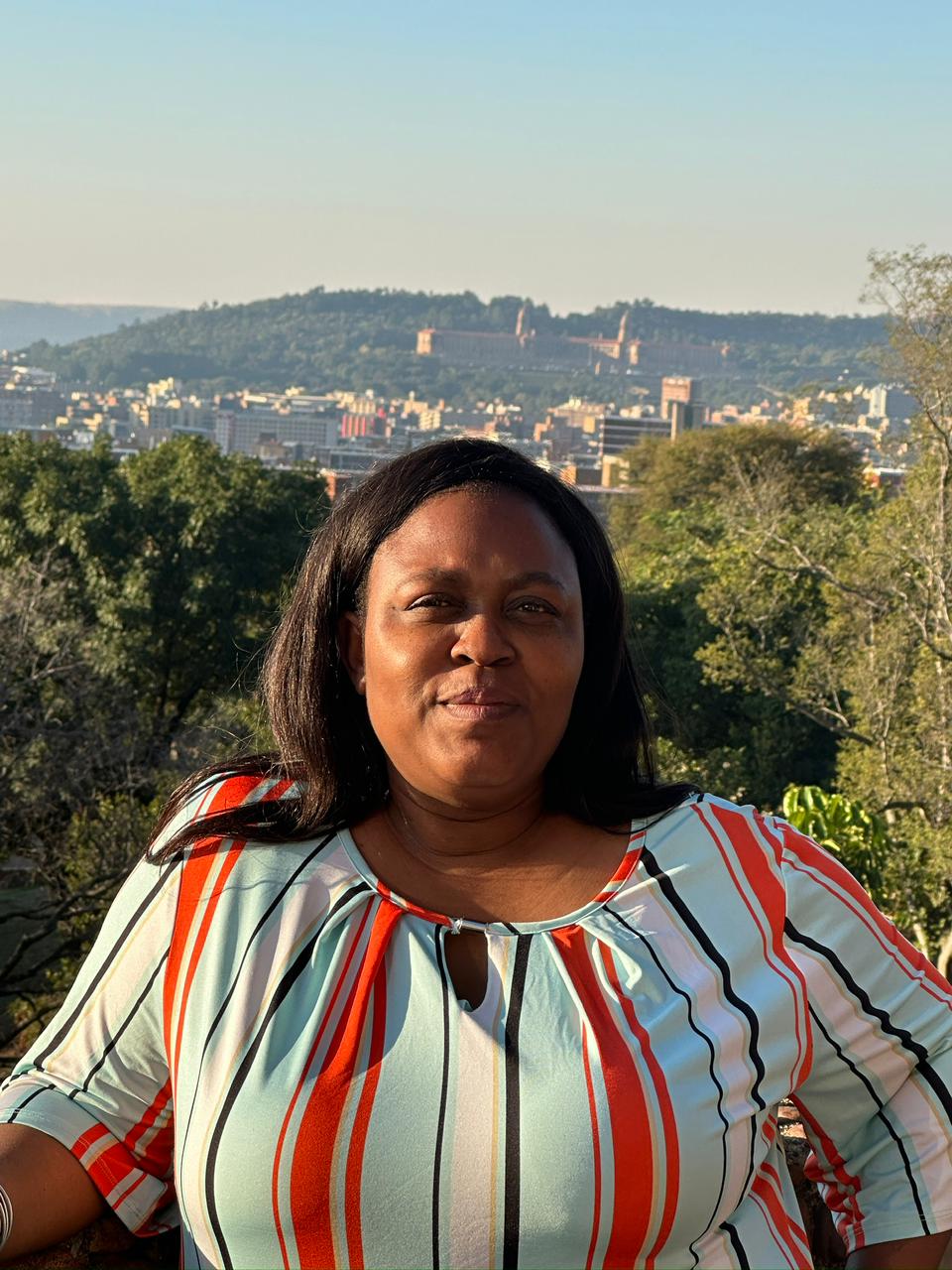
I am a Senior Zoology and Genetics Lecturer at the University of South Africa in the Department of Life and Consumer Sciences (UNISA). My research focuses on the following: Zoology, Phylogeography, Population Genetics, Conservation and Species distributions in small mammals from southern Africa. My research questions are centered on biodiversity patterns both past and present in rock dwelling mammals, particularly in P. capensis (Rock Hyrax), H. brucei (Yellow Spotted Hyrax) and M. namaquensis (Namaqua Rock Mouse). I use mostly molecular and ecological tools to answer these questions.
Violaine Nicolas-Colin

I am a curator and researcher at the Museum National d’Histoire Naturelle (Paris, France) since 2004. My main research interests are in evolutionary biology and systematics of African small mammals, mainly rodents and eulipotyphla (shrews, moles, and hedgehogs). My main skills concern: integrative taxonomy combining morphological and molecular analyses phylogeography and biogeography evolutionary biology and processes of speciation (when and how species diversified?). In the past I have mostly worked in Tropical Africa, but more recently I have collaborated on projects in North Africa, Europe, and Iran.
Muhammad Rizaldi Trias Jaya Putra Nurdin
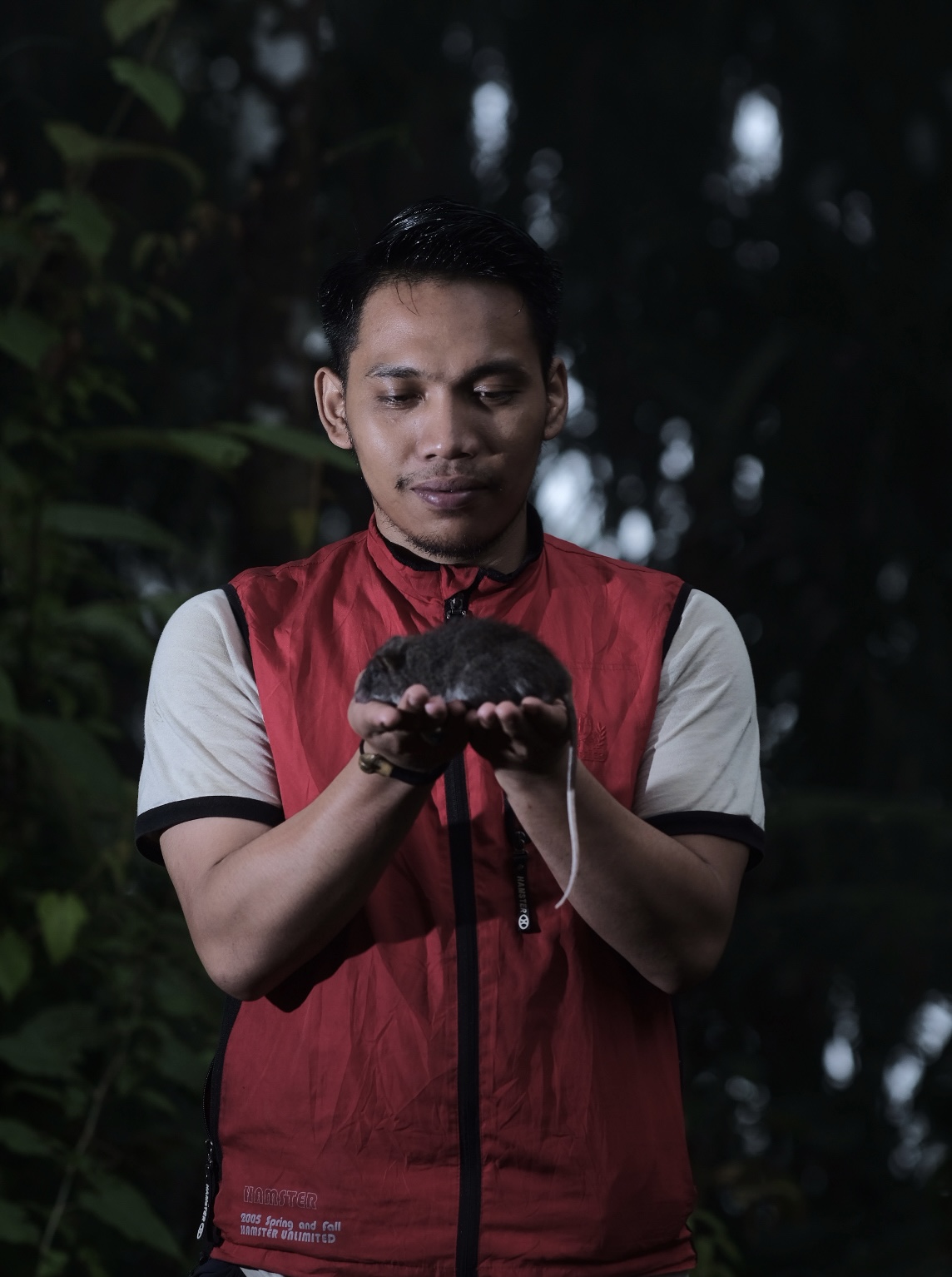
I have been working as a lecturer and researcher at the University of West Sulawesi; my main research scope is on small mammals, especially squirrels and rats (systematic and evolutionary, conservation, and ecology). I reside on the island of Sulawesi, Indonesia, renowned for its high species diversity. My focus is on comprehending the evolutionary dynamics of small mammals on this island, and I am presently conducting research to test hypotheses concerning the evolution of the Rattus xanthurus group using genomic data. Additionally, I have been involved in numerous collaborative international research projects and expeditions with universities and museums to investigate the distribution and abundance of various species of rodents and squirrels on Sulawesi Island. Moreover, I have conducted research to assess the local community’s knowledge about some small mammal species with a Data Deficient status on the IUCN Red List.
Ricardo Ojeda
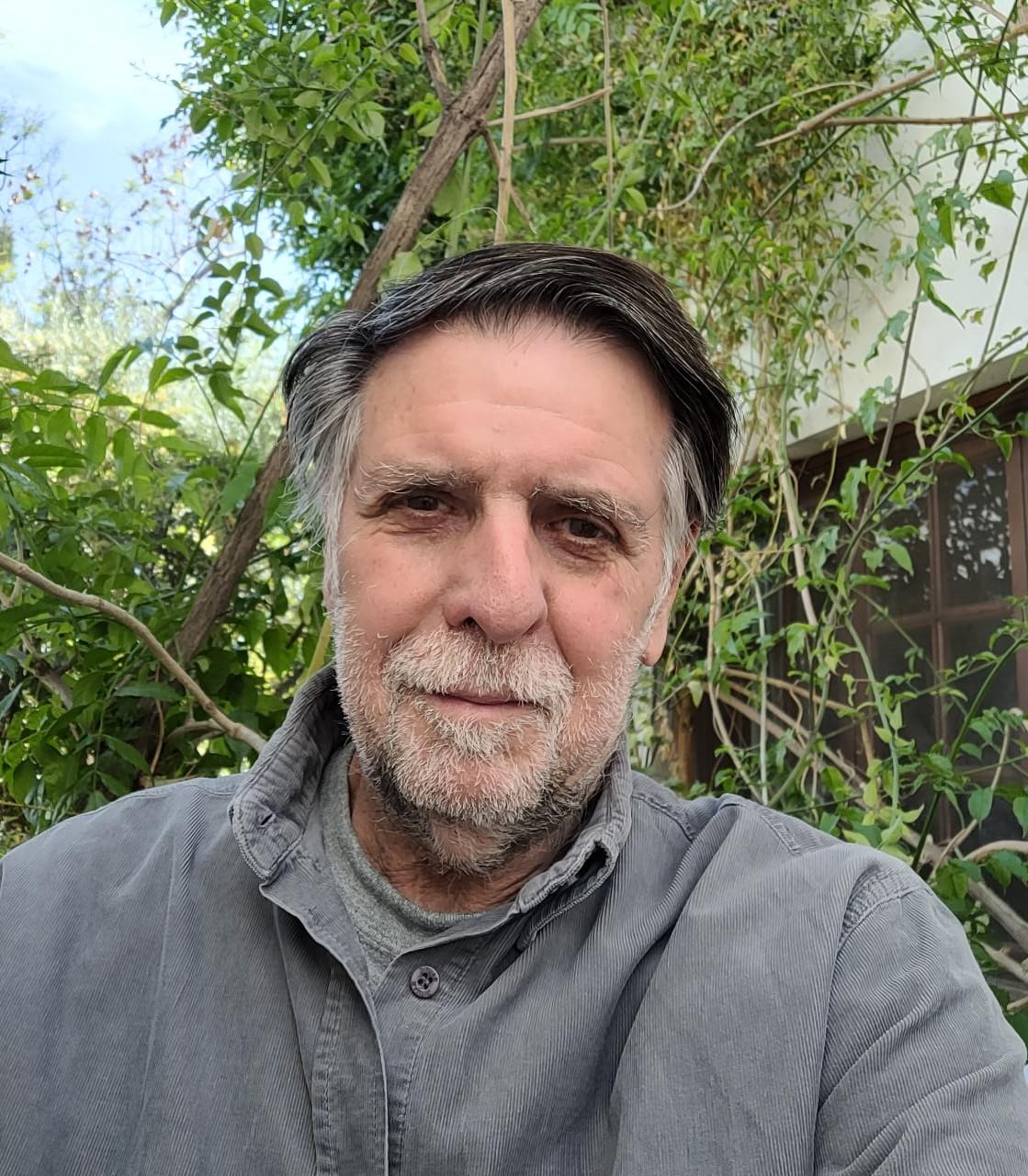
I am a biologist and CONICET Honorary researcher at the Institute for Aridlands Research (IADIZA-Ntnl. Council for Sci. & Technol., Argentina). My main interests are oriented towards biogeography, ecology and conservation of Neotropical mammals. Most of my research deals with ecology of desert small mammals of Argentina, as well as community, biogeography, biological invasions, adaptation, diversification of rodents and conservation. I have published with my students and colleagues over 150 papers and co-authored and co-edited field guides and books on systematic, distribution and classification of threatened mammals of Argentina, as publications of the Sociedad Argentina para el Estudio de los Mamíferos (SAREM).
Our research group (LFTIE) is working on several aspects of ecology, integrative taxonomy (morphology, cytogenetics and molecular analyses), phylogeography, and ecological biogeography of Andean and lowland desert rodents. I am also interested and involved, as member of the International Federation of Mammalogists (IFM), with outreaching as a bridge to connect the community of mammalogists and activities of mammal societies (courses, meetings, committees, students opportunities).
Chris Pavey
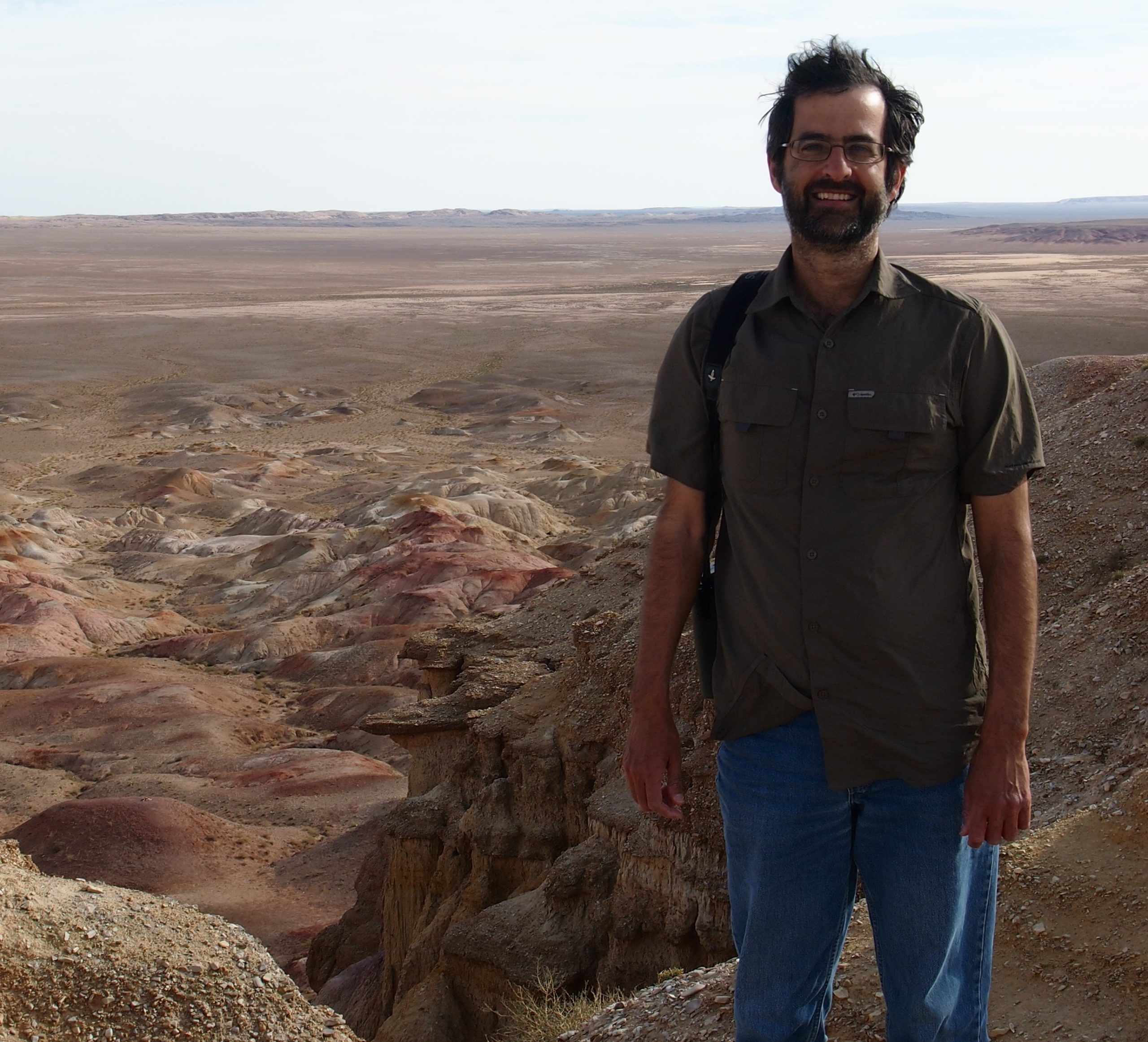
I work as a Senior Scientist in the Land and Water unit of Australia’s national science agency, CSIRO (Commonwealth Scientific and Industrial Research Organisation). I am currently based in the tropical city of Darwin. Prior to this, I was Director of the Threatened Species portfolio for the Northern Territory government, based in Alice Springs. I have been carrying out threatened species conservation for over 25 years, most of it spent in arid Australia with stints in Sri Lanka, Timor Leste and tropical Queensland. I was a Humboldt Foundation Research Fellow at the University of Munich, Germany, for two years. I have co-authored six adopted national recovery plans in Australia, covering 14 species of animals and plants. In addition, I chaired the national Mala (Rufous Hare-wallaby) recovery team for 10 years. My current focus within small mammal conservation is on developing approaches for off-reserve management and protection of threatened, arid zone taxa that undergo dramatic boom-bust dynamics, and thus are difficult to monitor over time. These species include the Plains Mouse, Long-haired Rat, Crest-tailed Mulgara and Kultarr. Important aspects of this work involve assessing the role of drought refuges in small mammal ecology and in reducing the impact of introduced predators on small mammals. More broadly, my research interests include species responses to dynamic environments, predator-prey interactions, and movement ecology.
Morgan Pendaries
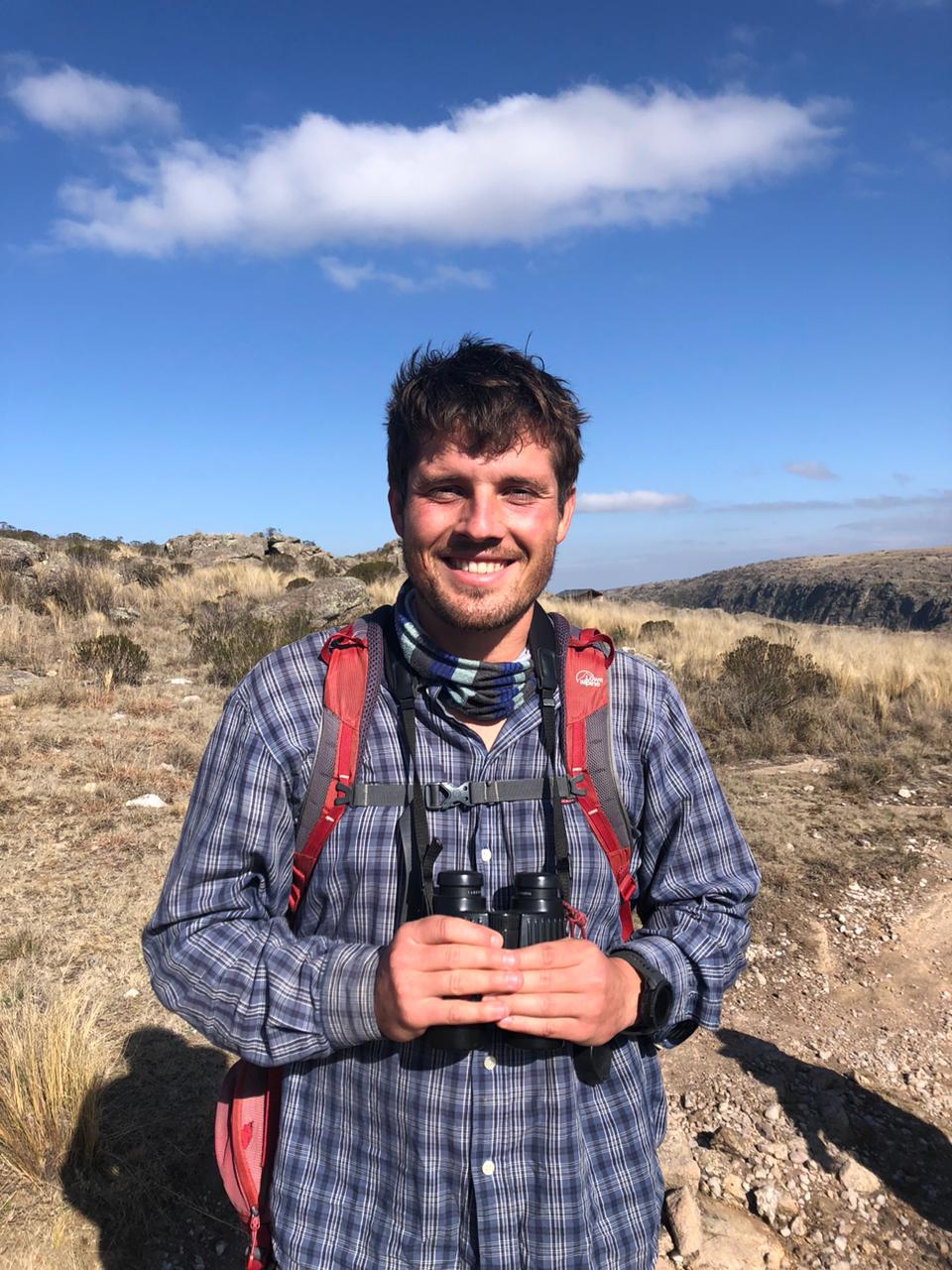
I am a PhD student living in Argentina. My current research focuses on Wolffsohn’s Viscacha (Lagidium wolffsohni), an understudied medium sized rodent of the Chinchillidae family, and an endemic species of Austral Patagonia. The PhD is focused on the conservation of the species and, more particularly, on the classification of it within the IUCN Red List (the species is currently classified as Data Deficient). I am also working on improving knowledge of activity patterns, diet, habitat selection and population genetics of the species. This PhD project falls under the framework of Programa Patagonia of Aves Argentinas, an NGO working on conservation of Argentinean wildlife.
Marcial Quiroga-Carmona
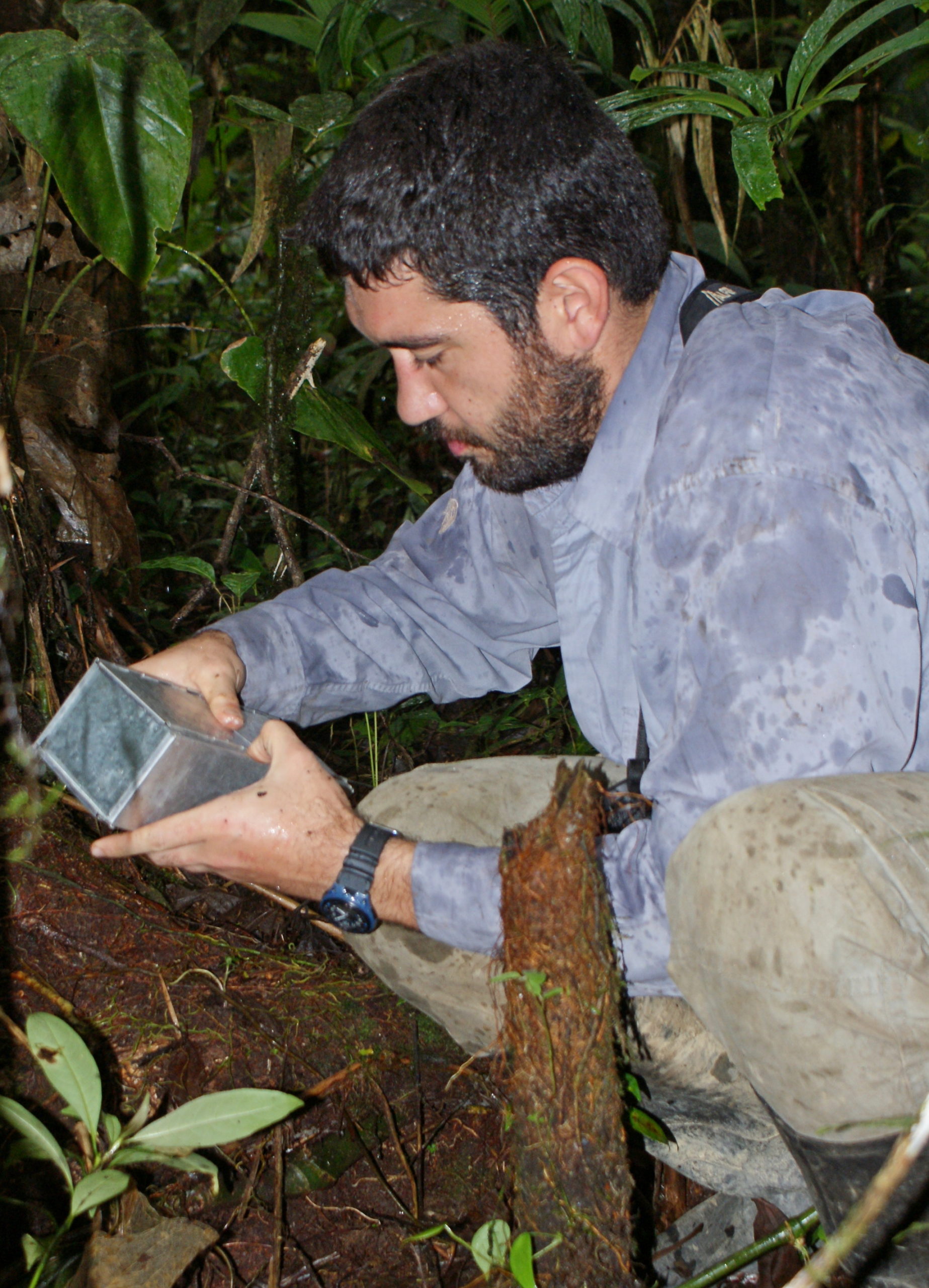
I am a Venezuelan biologist interested in the biogeography, systematics and taxonomy of the Neotropical fauna. My interest centres on Neotropical mammals, mainly those distributed throughout the Andes or other highlands of South America. My bachelor thesis was focused on a taxonomical review of shrews of the Cryptotis genus from Venezuela, and with this work four new species were described. Currently, I am doing my doctorate in the Austral University of Chile. For my doctoral project I hope to develop research on different aspects of the evolutionary biology of the southern mammals of America, to understand their natural history in the continent and contribute to their conservation.
Héctor E. Ramírez-Chaves
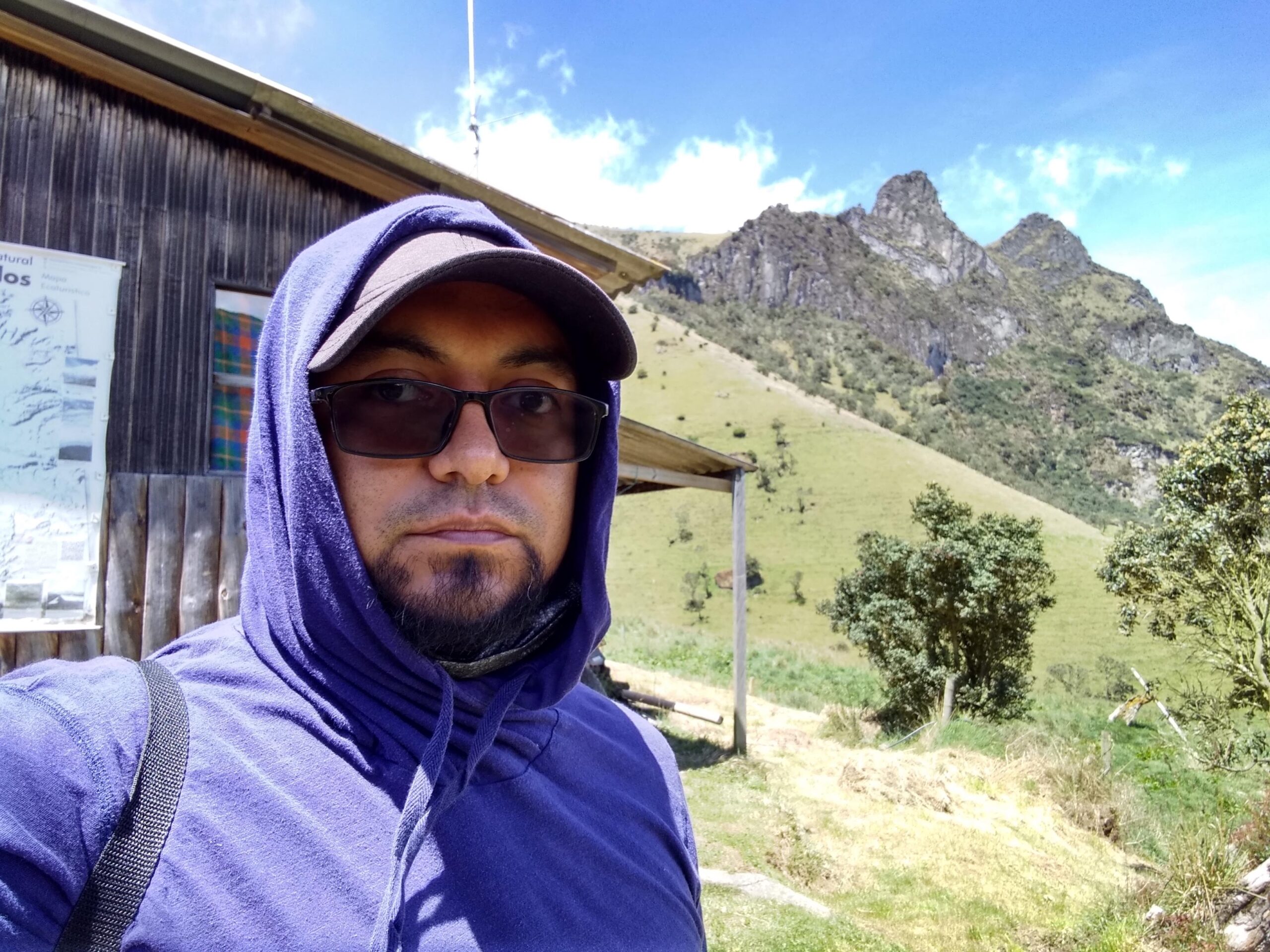
I am a Colombian biologist with experience in evolution, systematics, biogeography, and natural history of mammals, especially from the Neotropics. I am currently a professor in the Department of Biological Sciences at the Universidad de Caldas in Colombia, and curator of the Mammal Collection of the Centro de Museos, Museo de Historia Natural of the same institution. I have worked with rodents (especially porcupines, acouchis, and agouties) and shrews from Colombia. I have a deep interest in using scientific collections to answer different questions about the biology of mammals, and also in collecting new data in the field.
Carlos Henrique Salvador
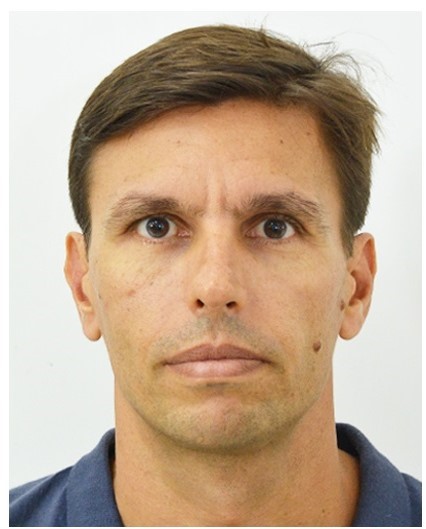
I have been a Biologist since 2003 and gained my PhD in Ecology in 2012. My interest focusses on Population Ecology, Conservation Biology and Wildlife Management. I have studied the mammals on coastal islands of Santa Catarina (Brazil) and developed a project for the conservation of Santa Catarina´s guinea pig (Cavia intermedia) for six years. Afterwards I began to study the invasion of wild boar (Sus scrofa) in South America and implemented efforts to control and mitigate the human conflict with this species in Southern Brazil. As a team member of Refauna Project (LECP/UFRJ) and Caipora Cooperative for Nature Conservation, nowadays my mission involves mammalian species reintroductions and recovery of lost populations of tapir and peccaries in Atlantic Forest, especially in the ecosystem of Araucaria Forest.
Eric Sargis

I am a professor of Anthropology, Ecology & Evolutionary Biology, and the Yale School of the Environment at Yale University, the curator of Mammalogy at the Yale Peabody Museum, and the current Director of the Yale Institute for Biospheric Studies. I’m an evolutionary morphologist with research interests that include the systematics, biogeography, and conservation of mammals. I have studied species boundaries in several groups of mammals, including treeshrews (Scandentia) from Southeast Asia, cercopithecid primates from East and Central Africa, and hyraxes from West Africa. My broader research on small mammals has included functional morphological studies of treeshrews, marsupials, tenrecs, pika, and rodents, as well as assessments of ecogeographic rules in treeshrews. My fieldwork on extant mammals has included expeditions to Cambodia, Malaysia, Indonesia, Madagascar, Ethiopia, and Alaska.
Ilya Schegolev
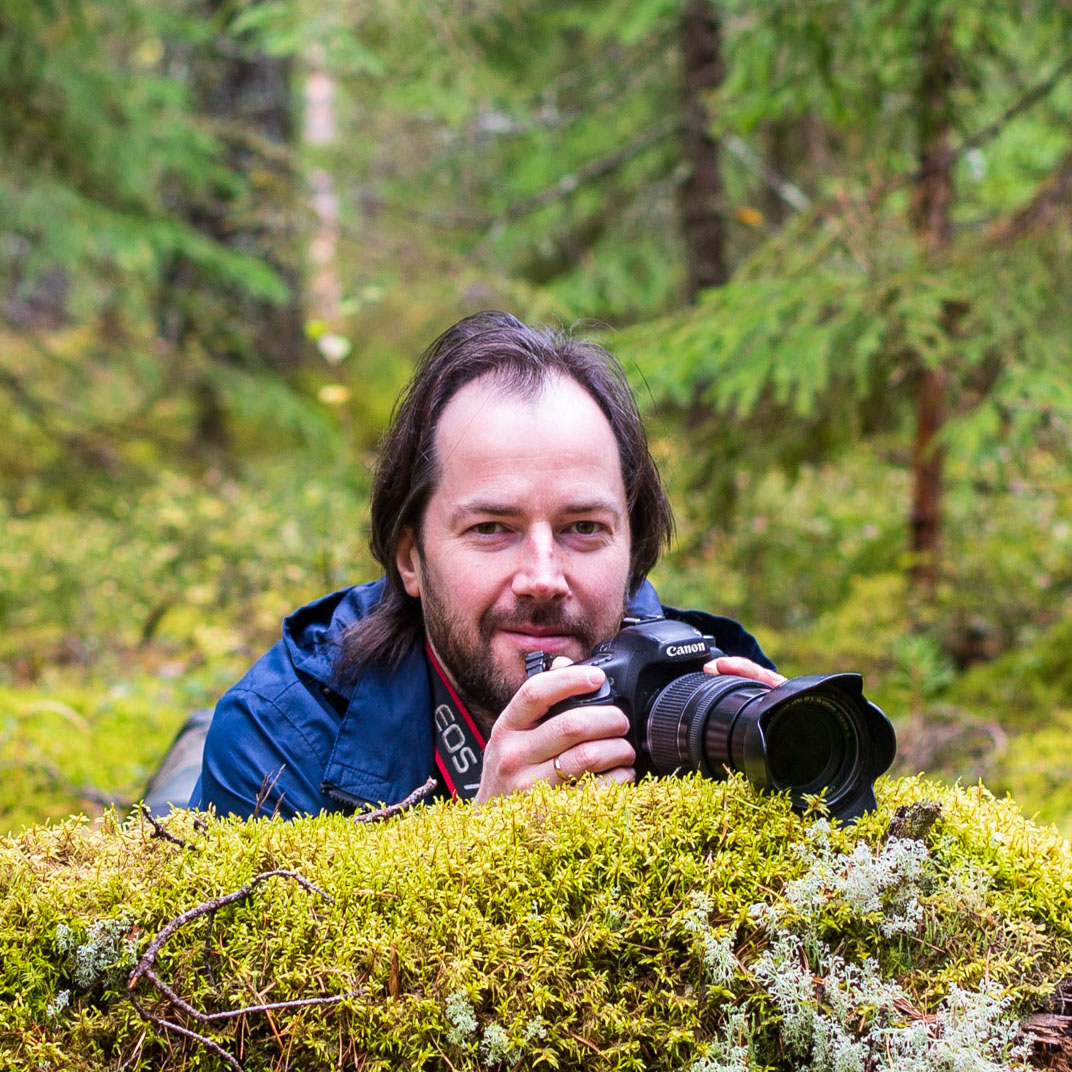
I am a professional photographer specializing in nature and wildlife photography, having participated in and won a number of photo exhibitions and photo contests.
Since 2014 I have been involved in environmental protection activities. I participate in work aimed at drawing attention to threatened species of flora and fauna, as well as to the preservation of their biodiversity and habitats, including the European otter (Lutra lutra). I took part in the environmental monitoring of forests and water bodies many times, taking photographs and drawing up reports. I regularly contribute to measures to clean up environmental pollution in the Leningrad Region.
Since 2020, I have been studying Yellow-necked mice (Apodemus flavicollis), their habitats and behavioral patterns. I accompany the study with photography and video filming, both of the animals themselves and of the places where they can be found. Regular monitoring of mouse colonies makes it possible to identify hierarchical behavior and features of behavior that change seasonally. Based on the material received, I prepared a photo exhibition Mouse Stories and a lecture for a wide range of people reflecting the most striking and characteristic features of the behavior of mice – this event was held at various exhibition and educational events over 2022-23.
Georgy Shenbrot
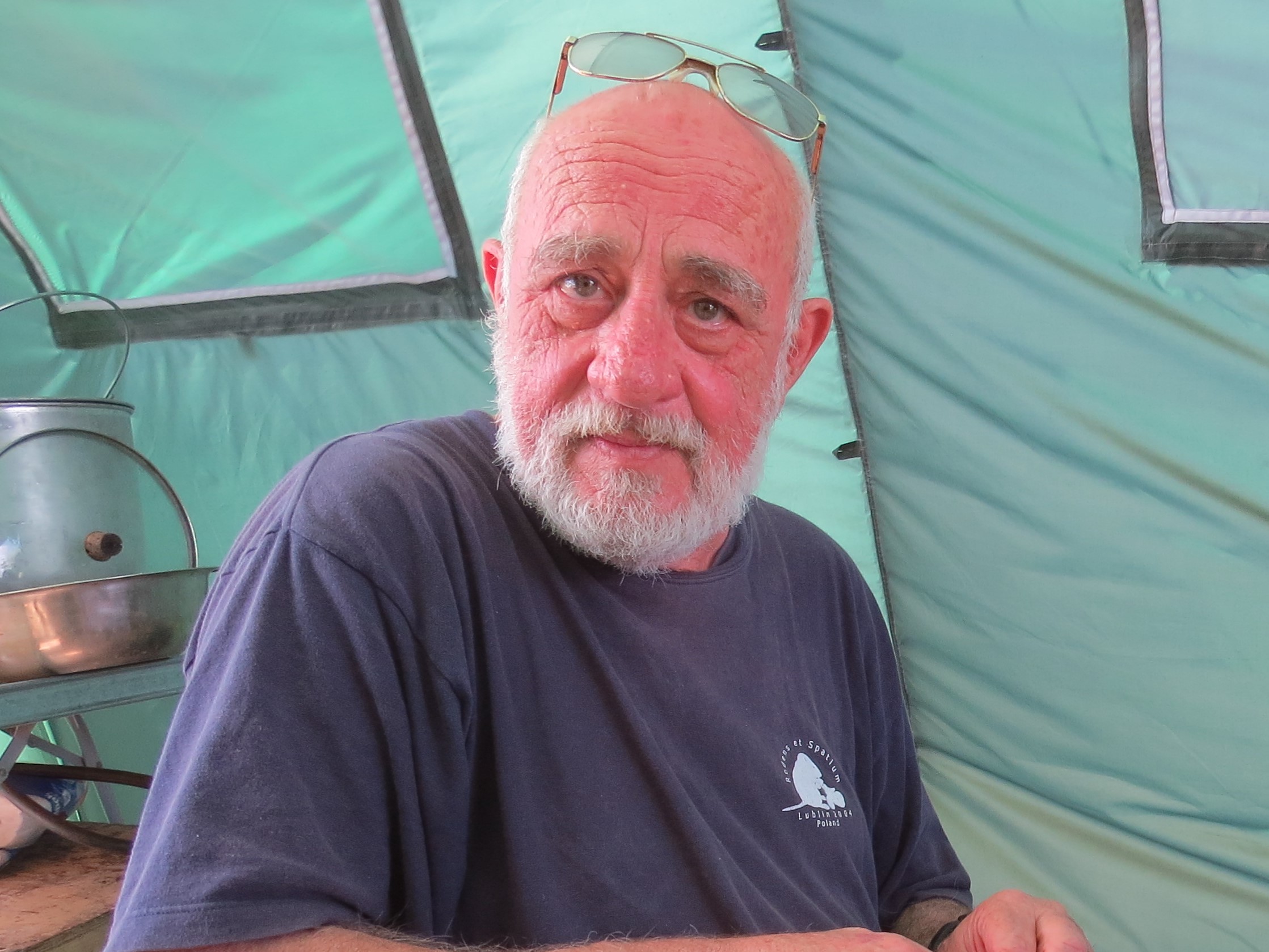
My work and research interests relate to three main areas:
- Taxonomy and phylogeny of jerboas (Dipodidae).
- Population and community ecology of desert rodents.
- Creation of distributional databases, species distribution modelling and analysis of relations between geographic range and ecological niche parameters.
My publications include 3 books, 25 book chapters and 168 articles in scientific journals.
Sarah Saxton Strassberg
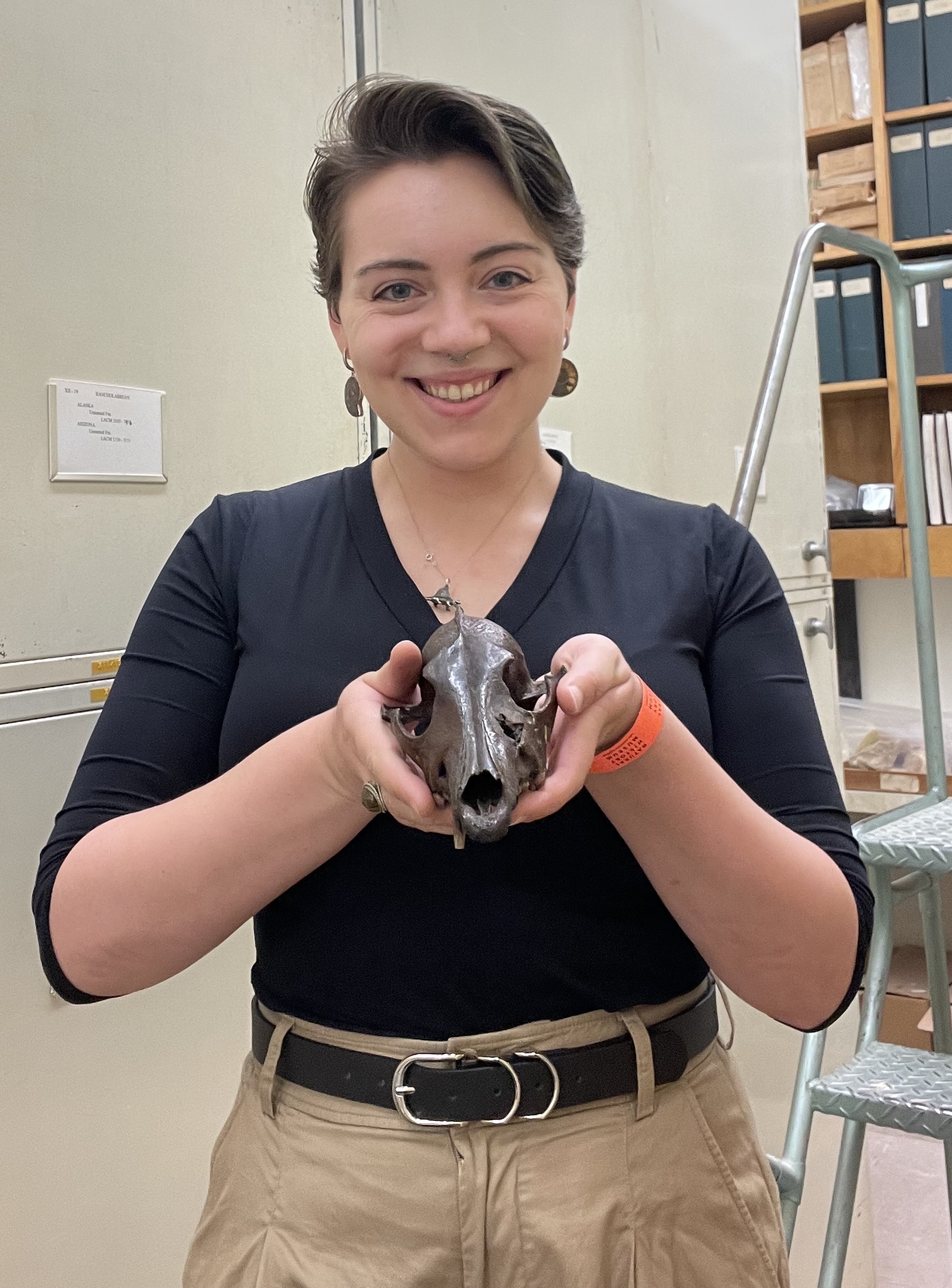
I am a PhD candidate at the University of Chicago. My research interests include ecological and functional morphology, extinction risk, and convergent evolution in Mammalia, especially in the context of fossoriality (i.e., digging and burrowing). I am currently studying ecology- and specialization-related patterns of extinction risk and diversification across the extant mammalian phylogeny, as well as investigating functional morphology across different digging strategies (e.g., scratch vs. chisel-tooth vs. head-lift digging) and reconstructing ecology, function, and behavior in small fossil mammal species.
Manfredo Alejandro Turcios Casco
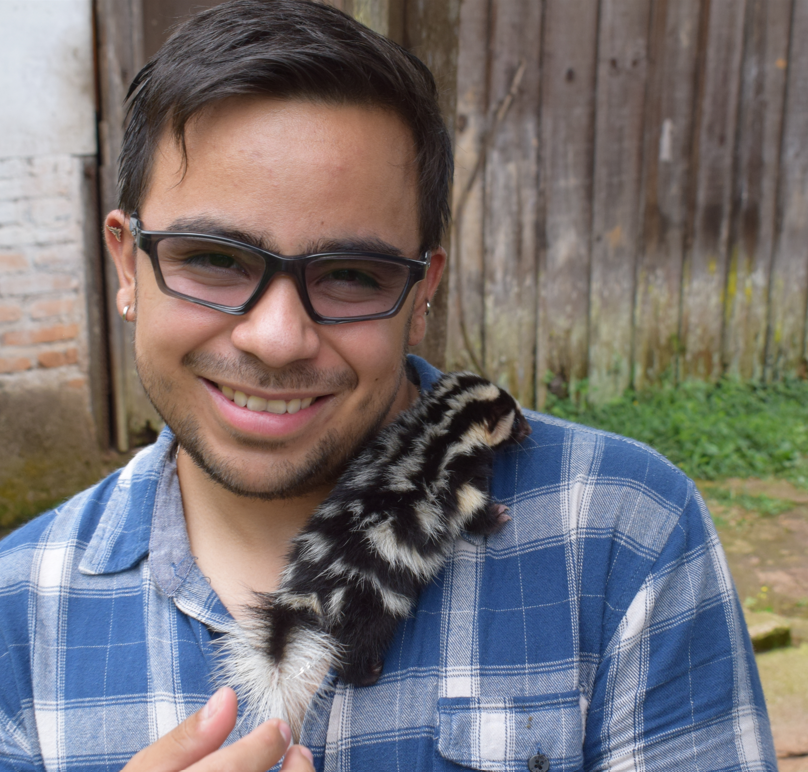
I am a biologist from Honduras, holding an MSc in Biodiversity and currently pursuing a doctoral degree in Zoology at Universidade Estadual de Santa Cruz (UESC). I am a co-founder of the NGO ASICH (Association for Scientific Research and Sustainable Development in Honduras). With nine years of experience in the field, my primary focus has been on Honduran bats. My work encompasses research, monitoring, and conservation efforts across various regions of Honduras, with a special emphasis on small mammal species. As part of my doctoral research, I am leading a project that investigates the potentially endemic agouti species known as Dasyprocta ruatanica, which is found on a Honduran island. Additionally, I have been actively involved in monitoring rodent populations in eastern and central Honduras, and I played a pivotal role in the rediscovery of the Southern-flying Squirrel, Glaucomys volans. My current research interests are centered around addressing questions related to the systematics, taxonomy, and ecological aspects of small mammals in Honduras.
Bui Tuan Hai
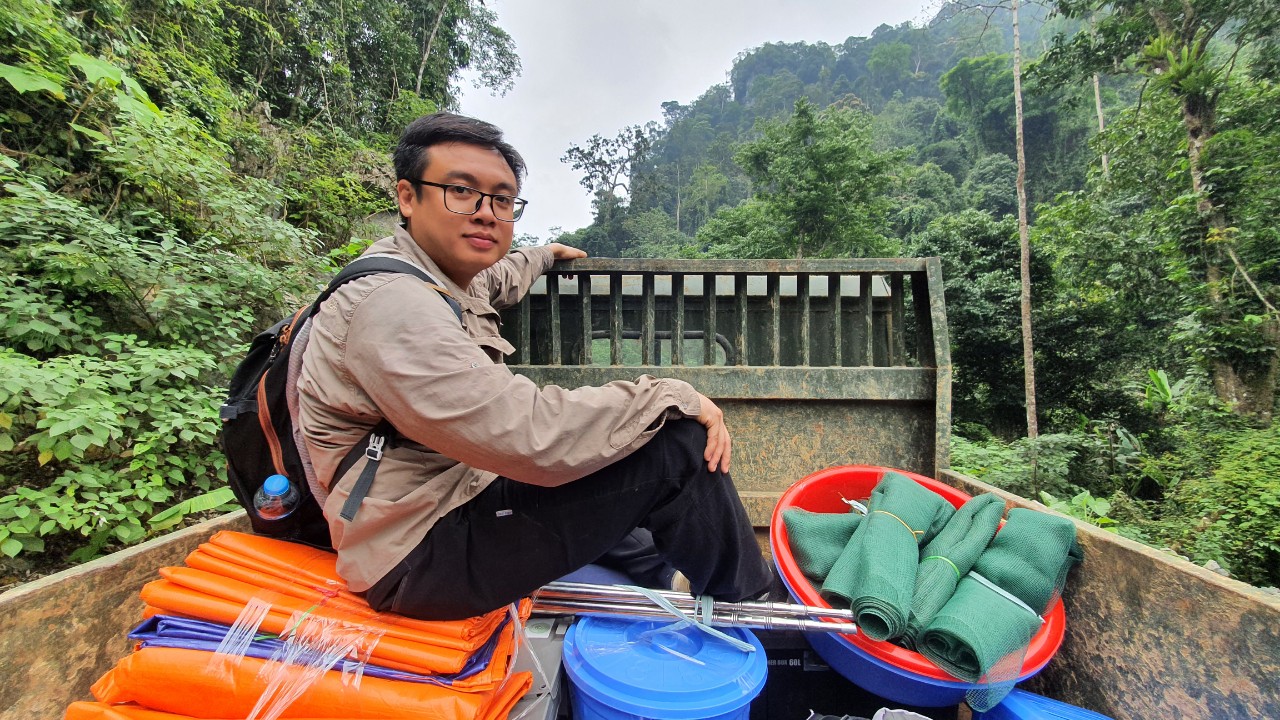
In my capacity as a researcher at the Vietnam Academy of Science and Technology, and as an inviting researcher at Kyoto University Museum (Japan), I am dedicated to exploring the following areas of inquiry:
- Investigating the diversity, distribution, and biogeography of Eulipotyphla, Rodentia, and Chiroptera in both Vietnam and Japan
- Exploring genetic relationships, phylogeny, and morphological variations among these species
- Refining the taxonomic classification of these small mammal species within said regions
My particular focus lies on species such as the moles, shrews, gymnures which exhibit distributions across Southeast Asia, Taiwan, and Japan. I aim to contribute to a deeper understanding of these species’ ecological roles, historical relationships, and the broader implications for biodiversity conservation efforts in the respective regions.
Nuri Yiğit

I have been working as researcher at Ankara University Biology Department since 1987, with my current title as professor in the zoology section. My main research scope is on mammalian biology (systematics, population genetics, ecology). Although my papers are mostly on rodents, I have also produced papers on chiroptera, carnivores and ornithology. The biggest collection of mammalian samples of the Middle East was established by myself and my colleagues, under the name of Ankara University Mammalian Research Collection. The “AUMAC” currently comprises more than 7000 specimens. I also served as the Turkish head of an international joint research project with Prof. Dr. Rolf Gatterman (Martin Luther University, Germany), Prof. Dr. Georgi Markov (Bulgarian Academy of Science), Prof. Dr. Boris Krystufek (Slovenian Museum Natural History) and Prof. Dr. Robert E. Johnston (Cornell University, USA).
Ella Vázquez-Domínguez
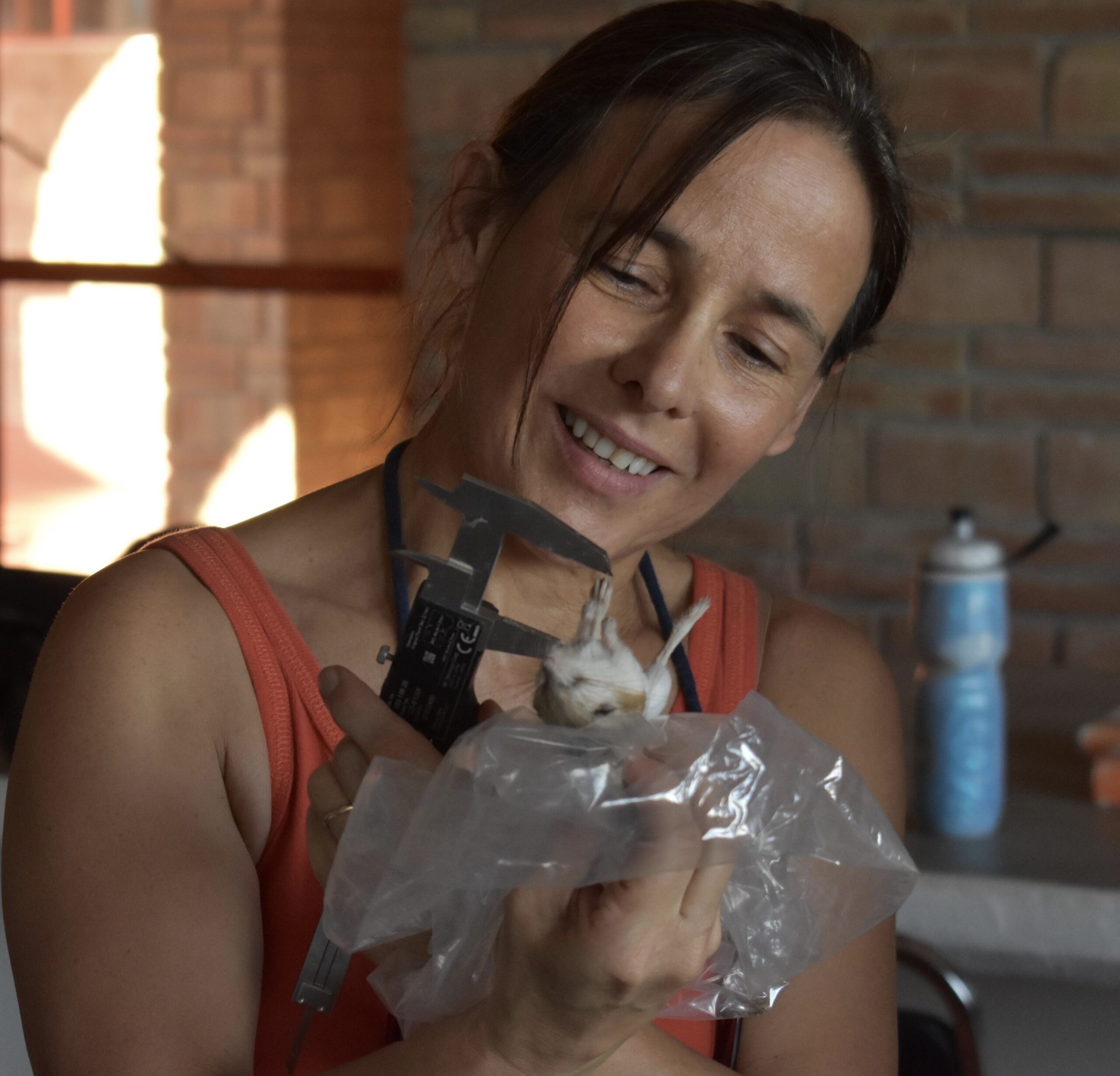
I am a molecular ecologist and have been working as a researcher at the Institute of Ecology, National Autonomous University of Mexico for more than 20 years. My main research areas and interests are varied, yet all based on the use of genetics, including population and landscape genomics, phylogeography, hybridization, urban evolution, microbiome and zoonotic diseases. With my students and collaborators I work in a wide range of natural tropical settings (forests, islands, deserts), involving different wild vertebrate taxa and invasive species, mainly small and medium mammals, amphibians, reptiles and freshwater fish. Our research has a strong focus on conservation of endangered species and of natural resources.
Jeroen van der Kooij
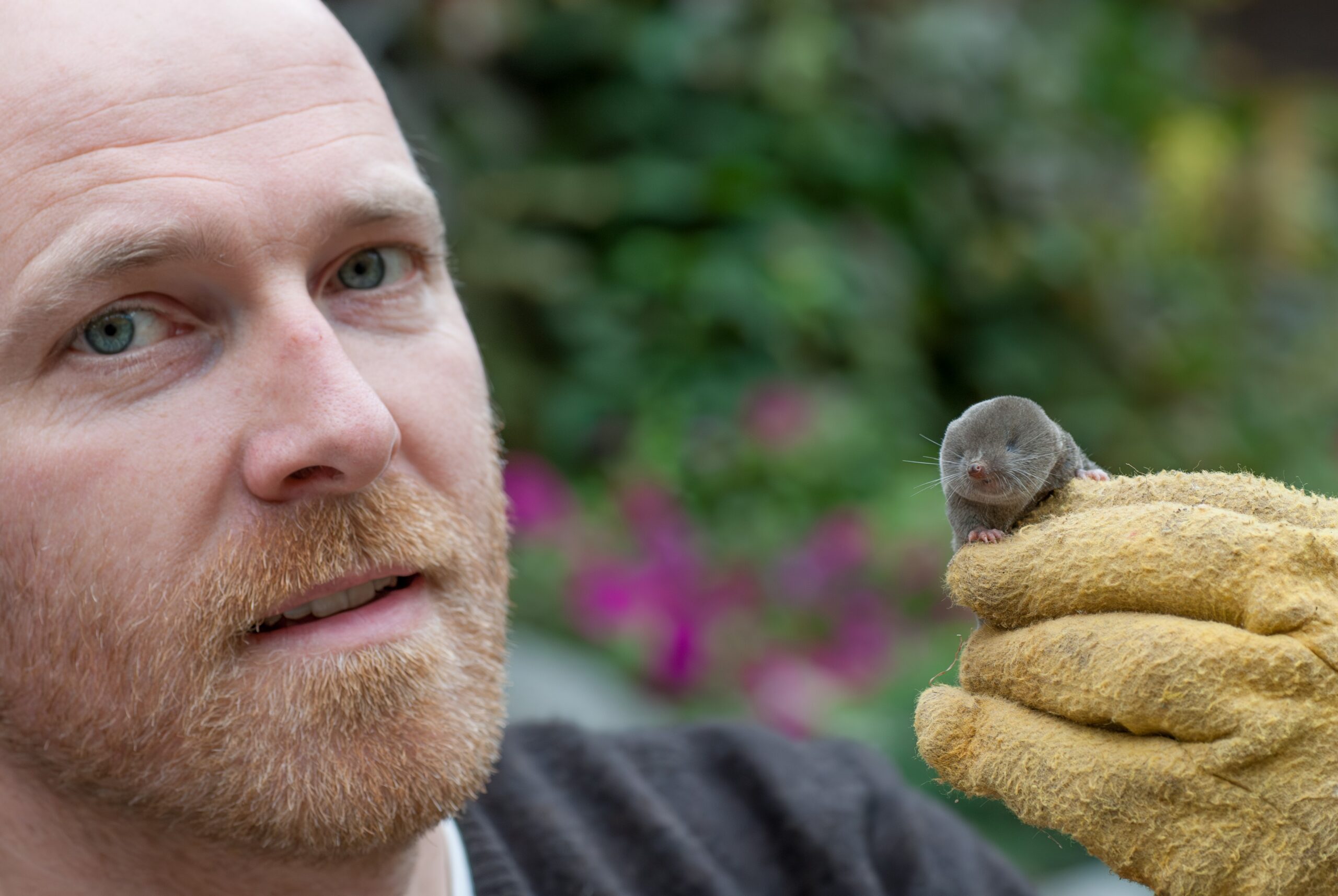
Small mammals have fascinated me since primary school. It started with owl pellet analyses and small trapping sessions and grew out be a life-long commitment to the study, protection and propagation of small mammals. Living in The Netherlands, Germany and Norway gave me the opportunity to study local mammals and got me involved in different mammal-related networks. With the field work group of the Dutch Mammal Society, together with local experts, I helped to organize inventory sessions in nearly every country in Europe. I love to find and test adequate inventory techniques for elusive species, like shrews, birch mice and dormice. Currently I am most involved in camera trapping and pitfall trapping. I find searching for useful cranial, dental and external characters to discriminate between species, verifying museum specimens and validating citizen science observations meaningful. Getting others interested in these amazing small critters is also crucial to me. I do this through field work camps, talks and articles as well as through producing pictures of small mammals in a natural setting. Finally, I am involved in both national and international Red List and invasive species assessments. My main area of interest belongs to small mammals, bats and amphibia of the Paleaarctic and Neoarctic. I run a small consultancy firm where I often cooperate with public and private institutions, universities and schools both nationwide and across national boarders.
Luis Darcy Verde Arregoitia
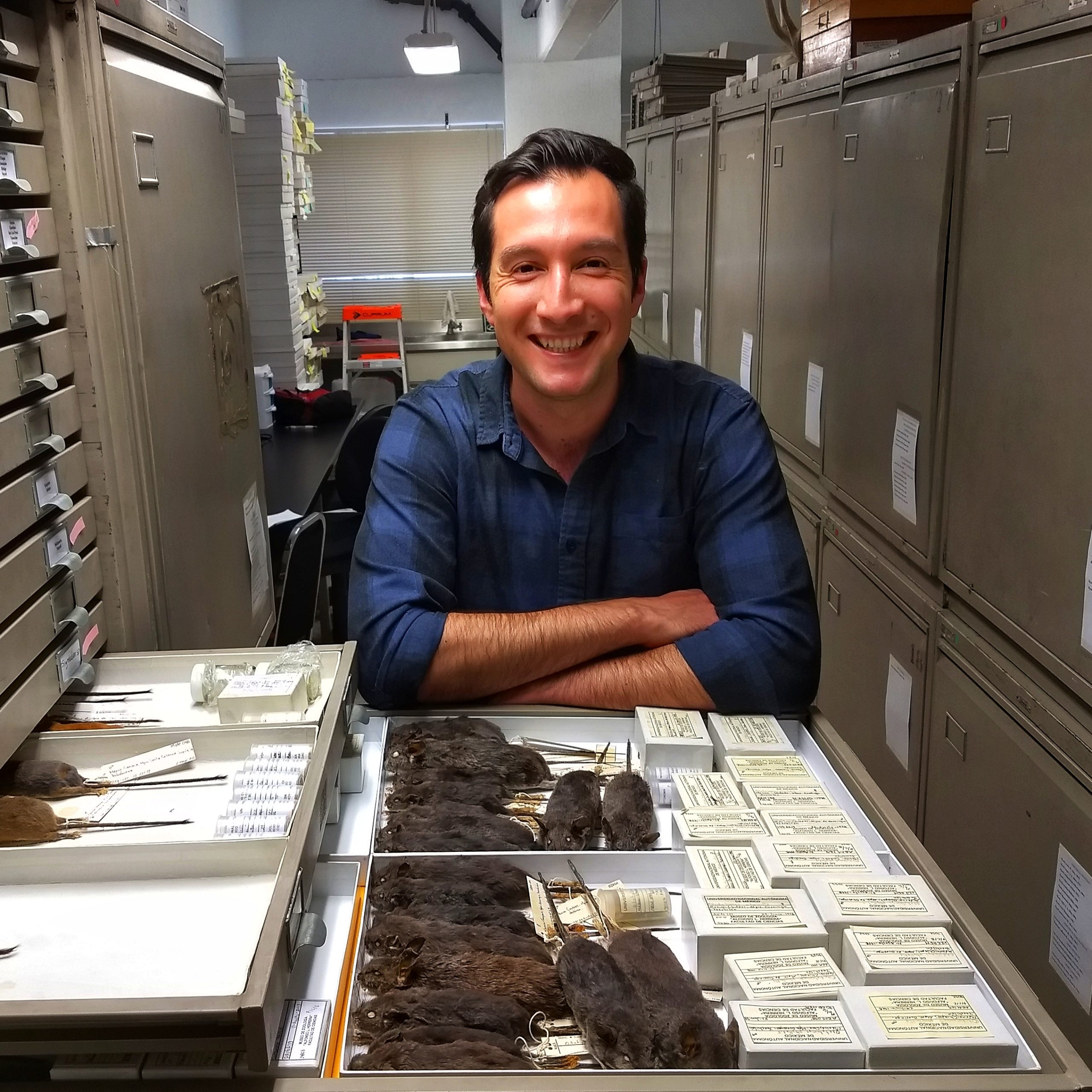
I am an ecologist focused on large-scale spatial patterns in biodiversity and the influence of morphology on ecological processes. My current research project examines ecomorphological evolution in Neotropical rodents. I have experience and interest in Mexican small mammals, and particularly in arboreal neotomines. For my conservation-oriented work, I use phylogenetic comparative methods, and I have worked towards promoting the adequate use of IUCN Red List categories as response variables in statistical analyses.
Peter Zahler

I am Director of Field Conservation at Zoo New England after 23 years at the Wildlife Conservation Society and a stretch at Woodland Park Zoo. I helped design and lead programs in Pakistan, Afghanistan, and Mongolia, and helped start a conservation program in Arctic Beringia. I have also supervised conservation programs and projects in Papua New Guinea, Fiji, Malaysia, China (including Tibet), the Russian Far East, four of the five Central Asian states, and Iran, and support programs in Tanzania, DRC, Borneo, India, and Peru. I have sat on two graduate scholarship programs for developing nation conservationists that have helped over 200 young conservation leaders advance their careers. I ‘rediscovered’ the woolly flying squirrel in Pakistan and have performed small mammal studies over the years in Arizona, Alaska, and Peru. And I absolutely believe that Mammals of Africa Volume III (Rodent, Hares and Rabbits) and The Rodents of Libya are essential bedtime reading.





